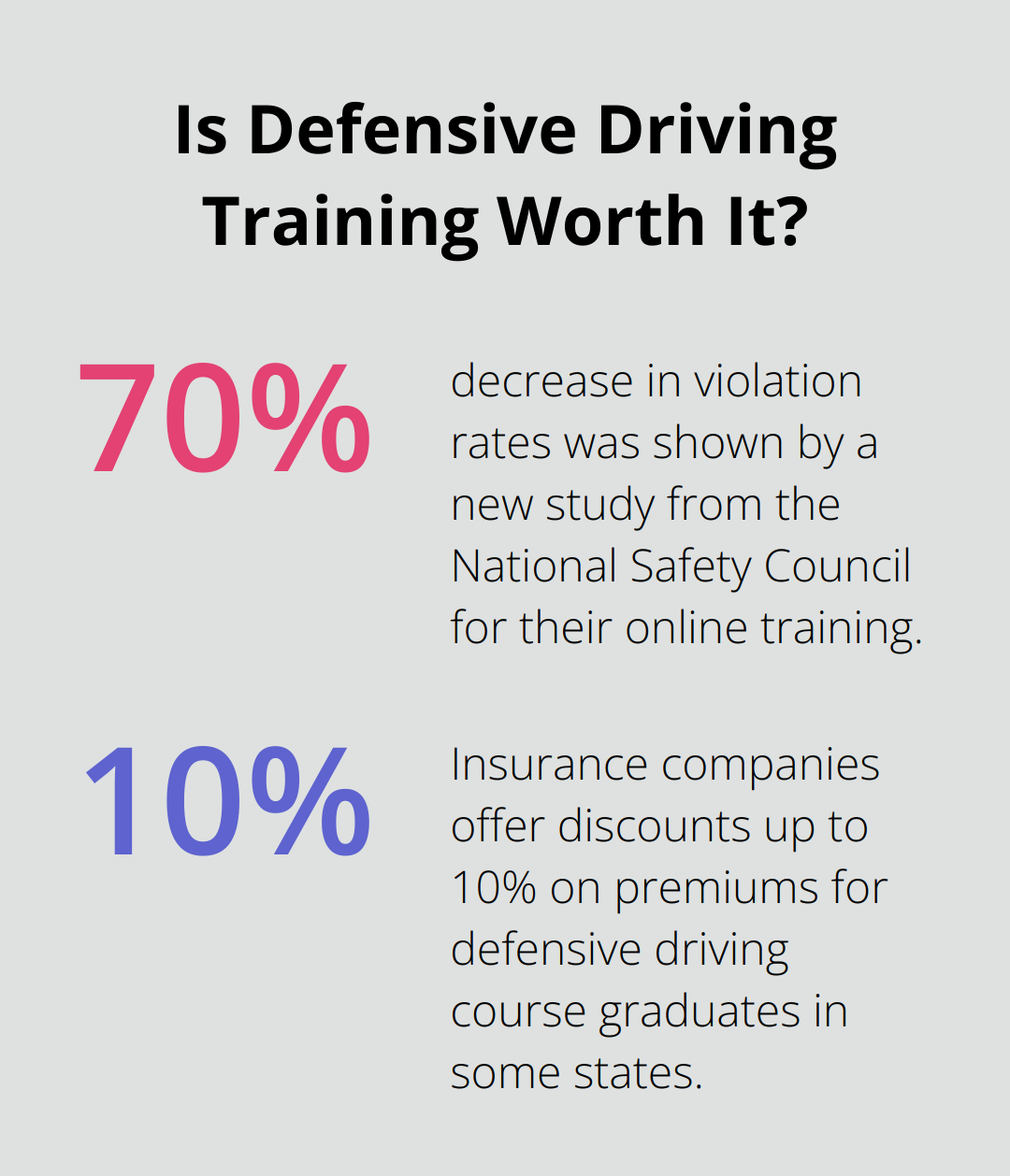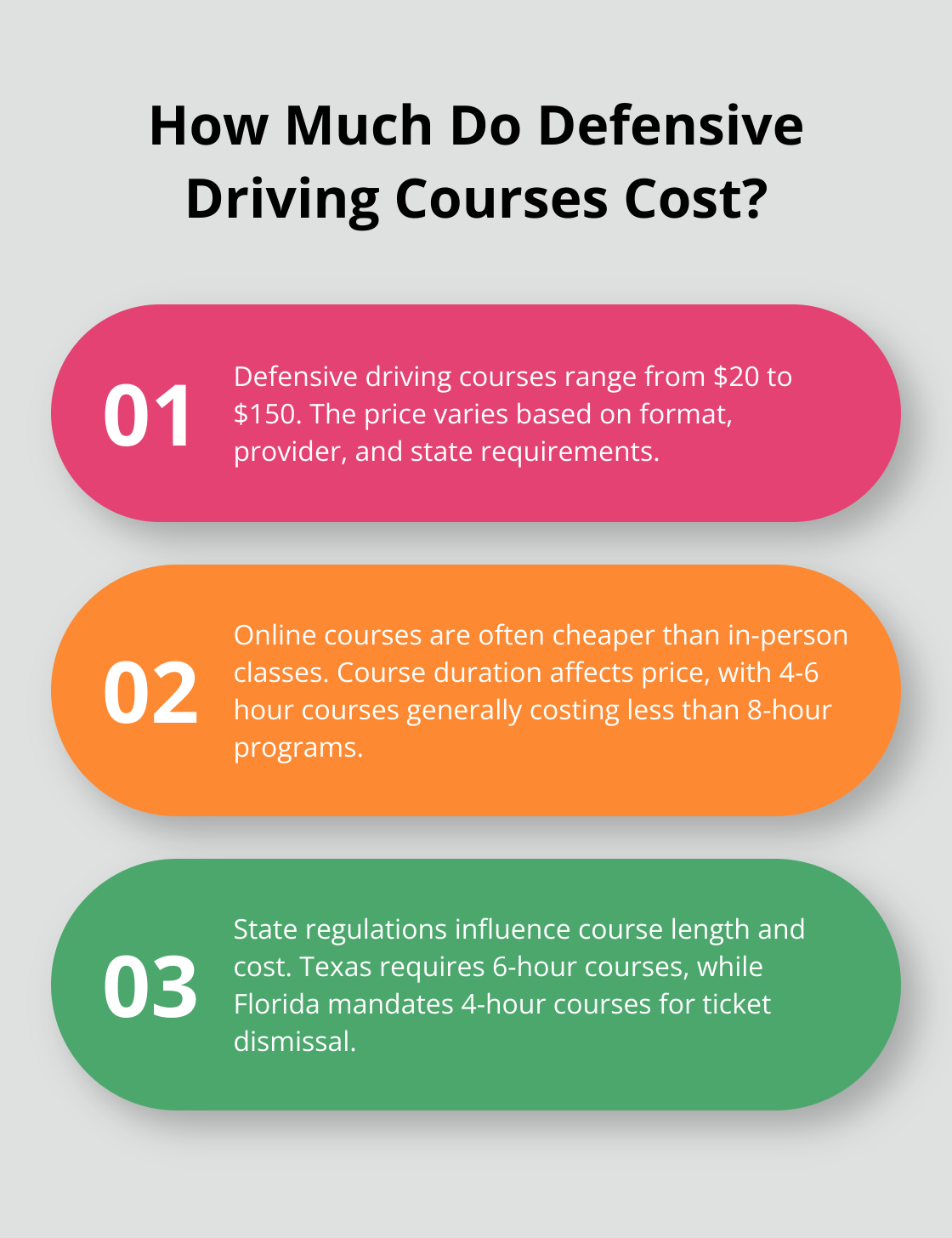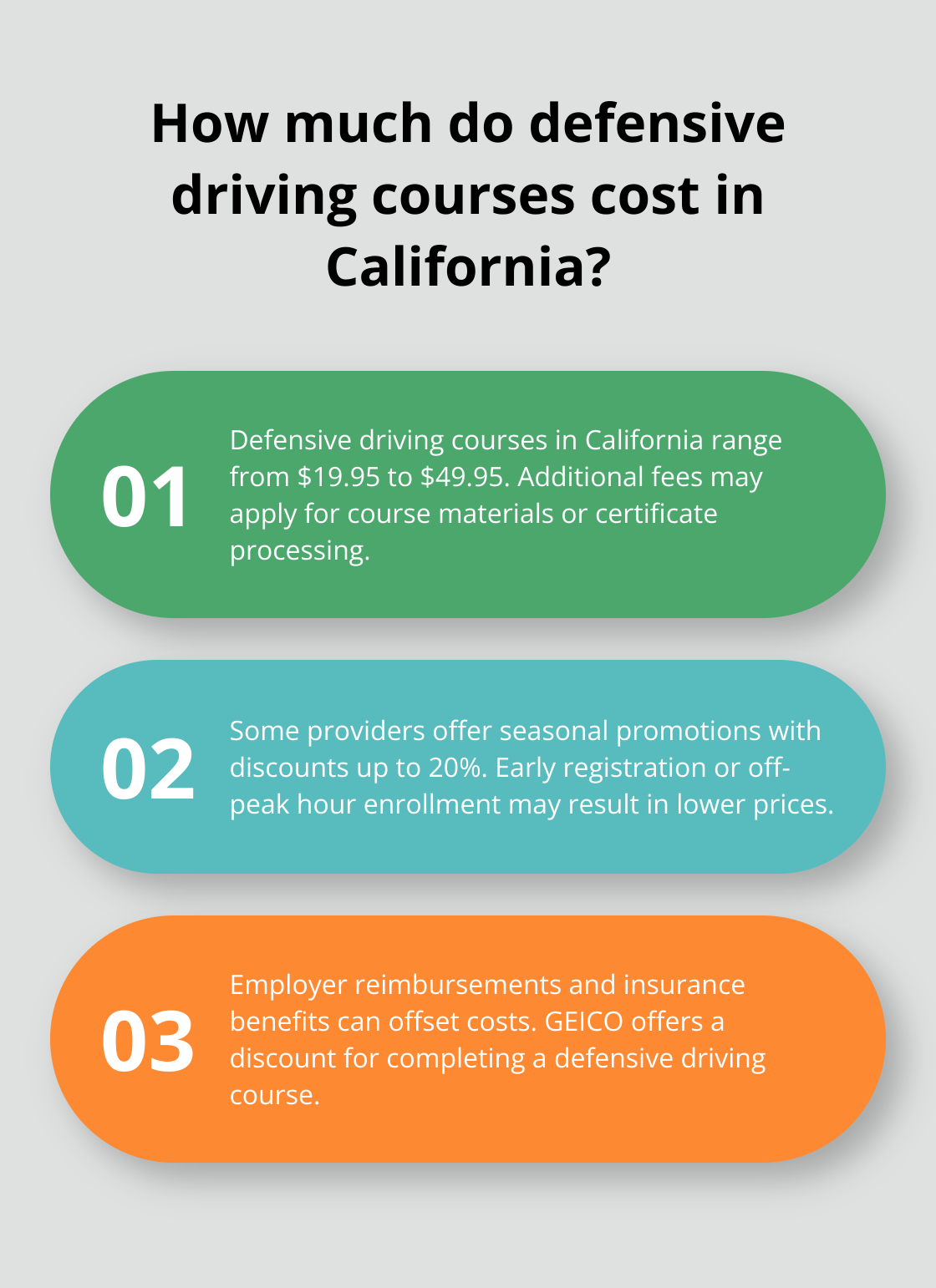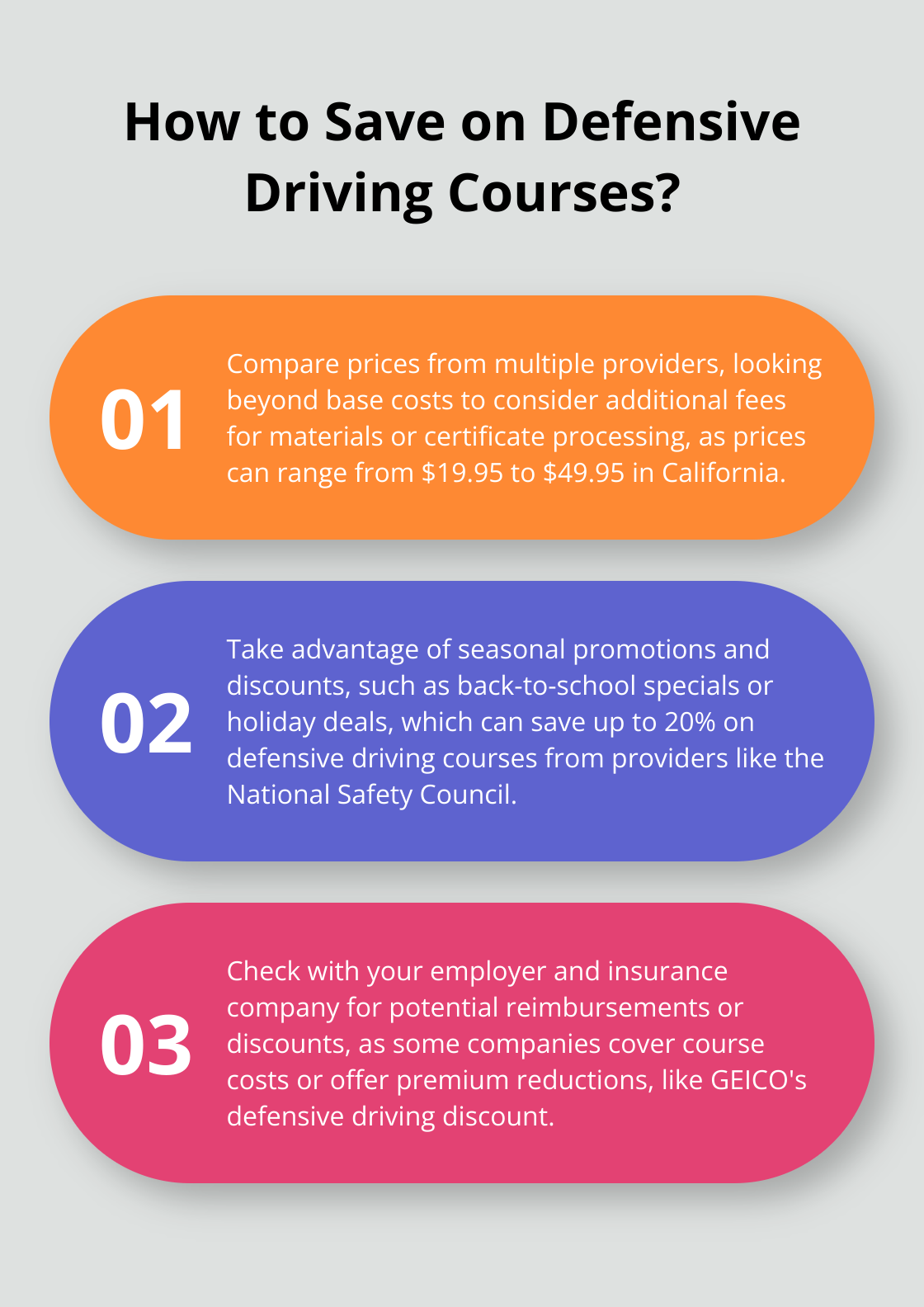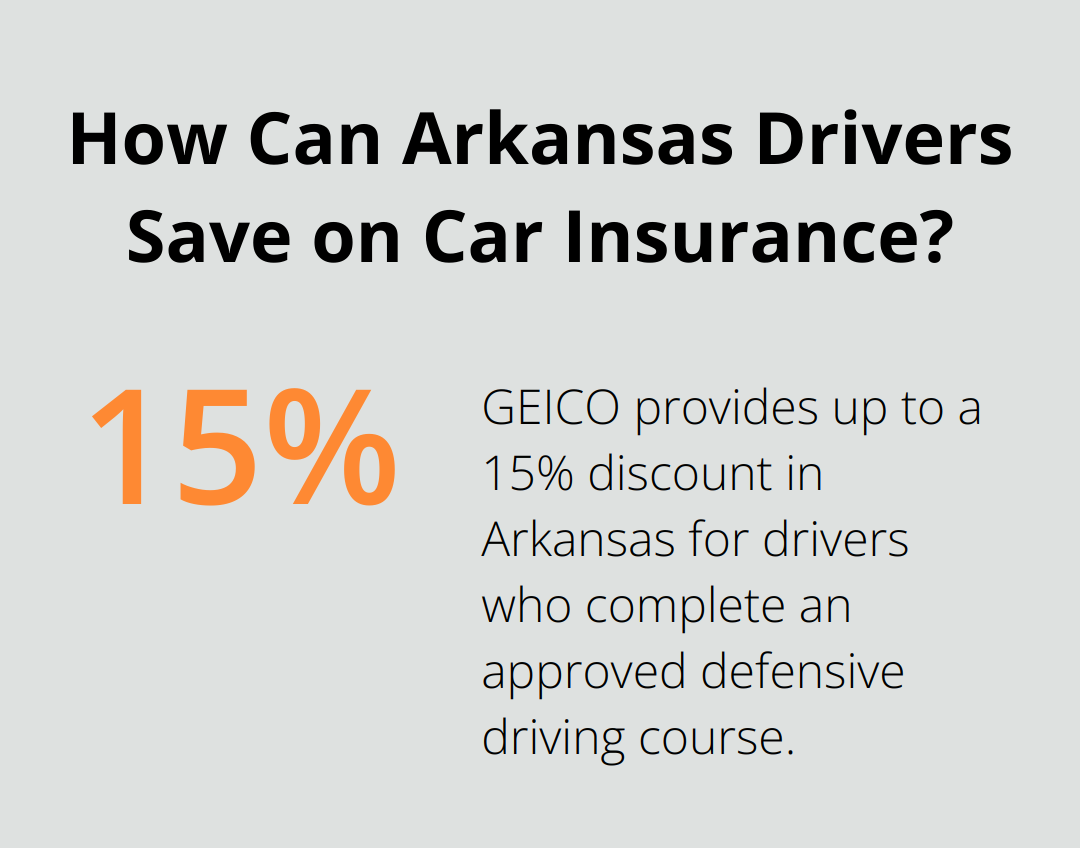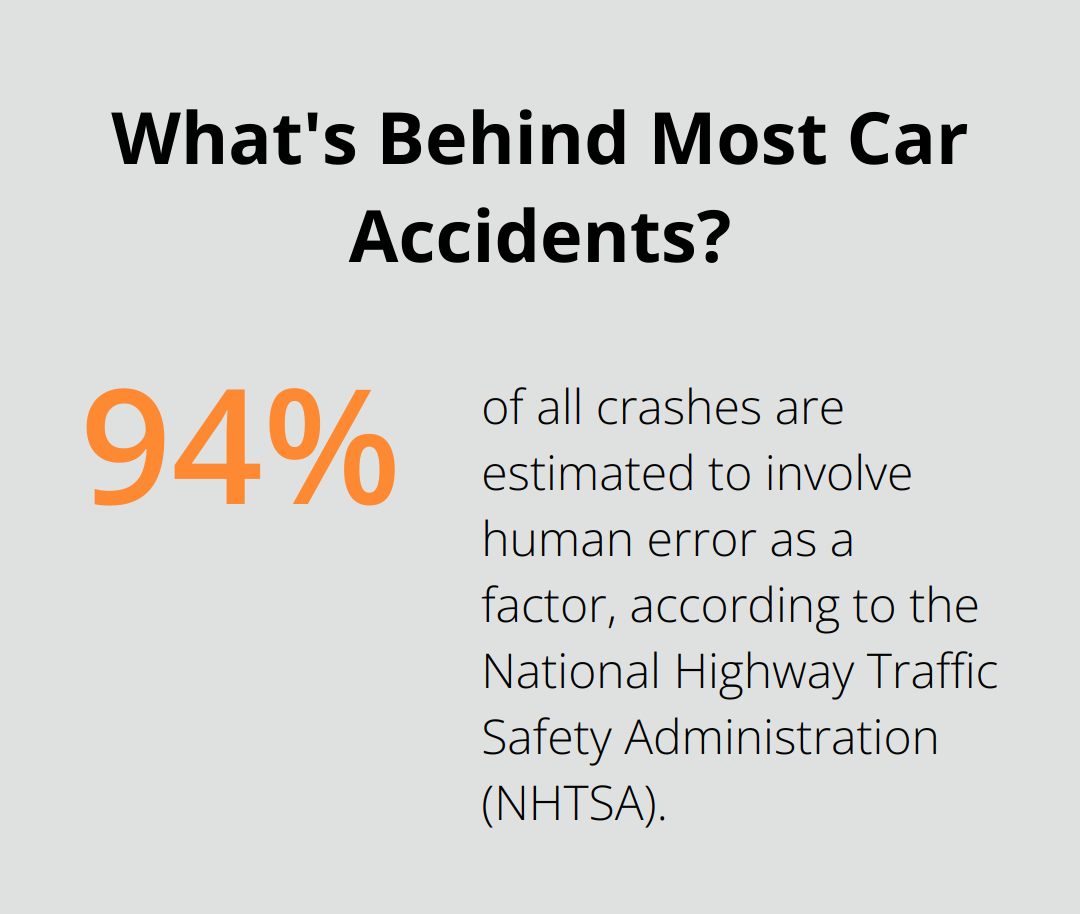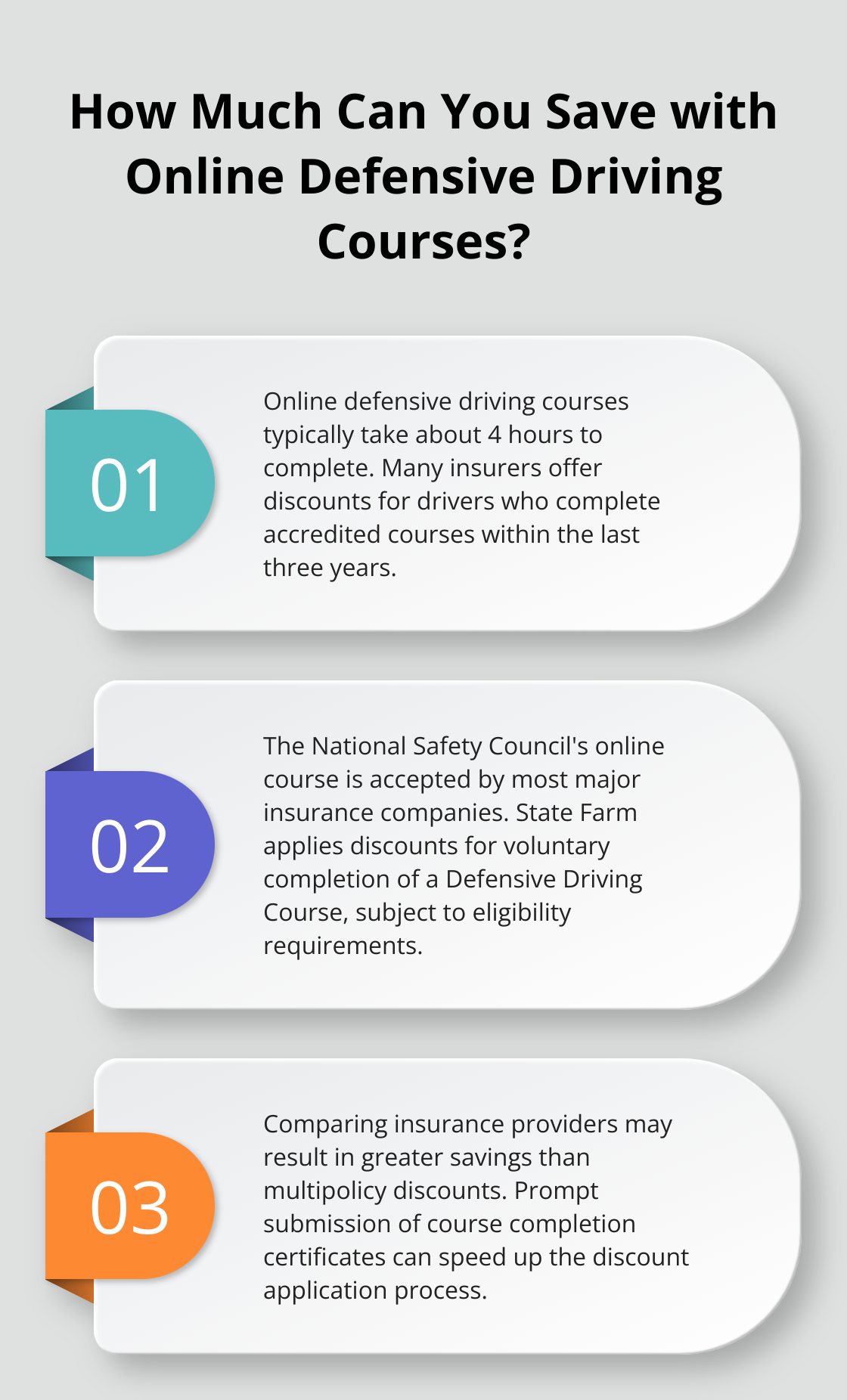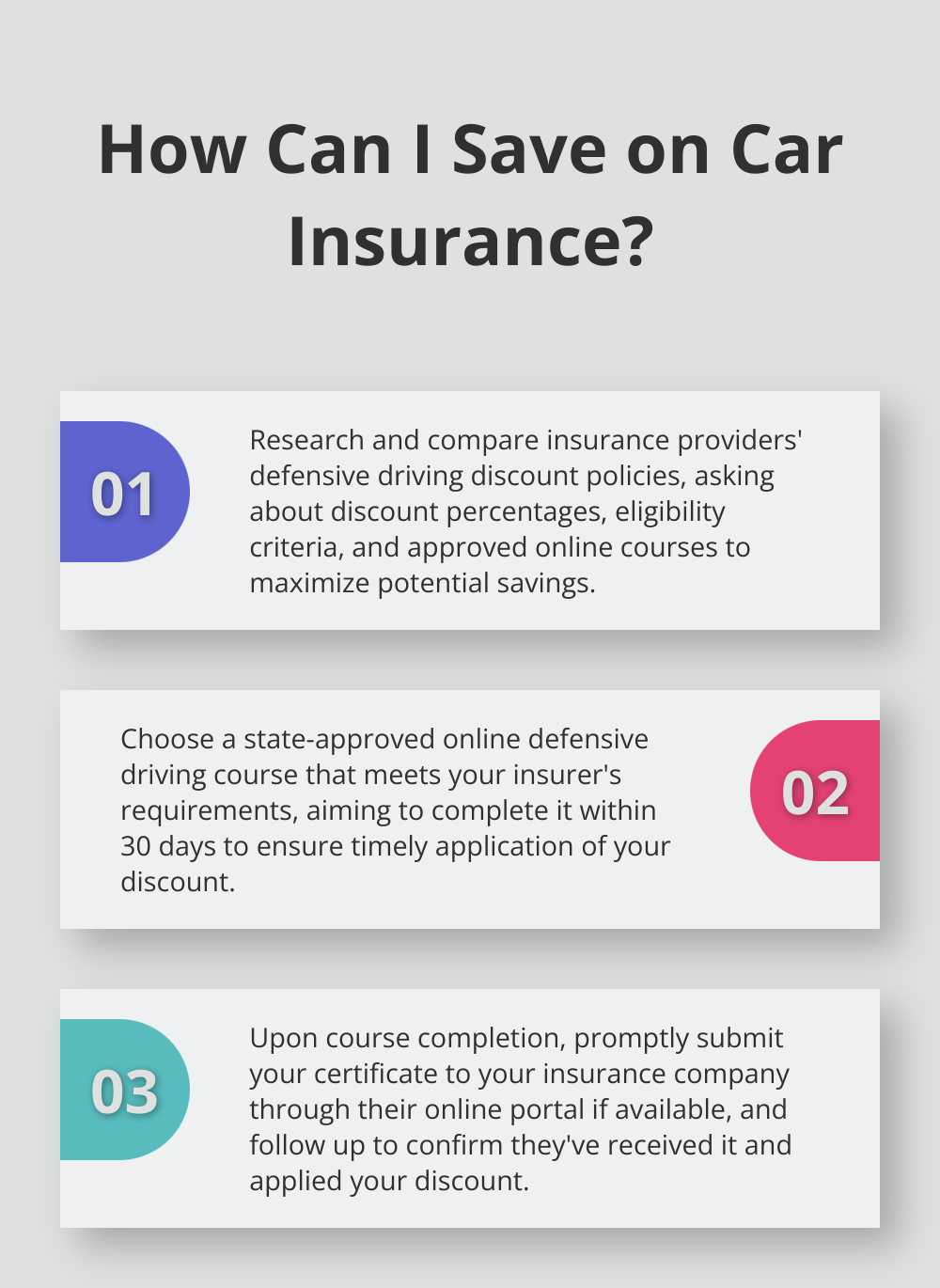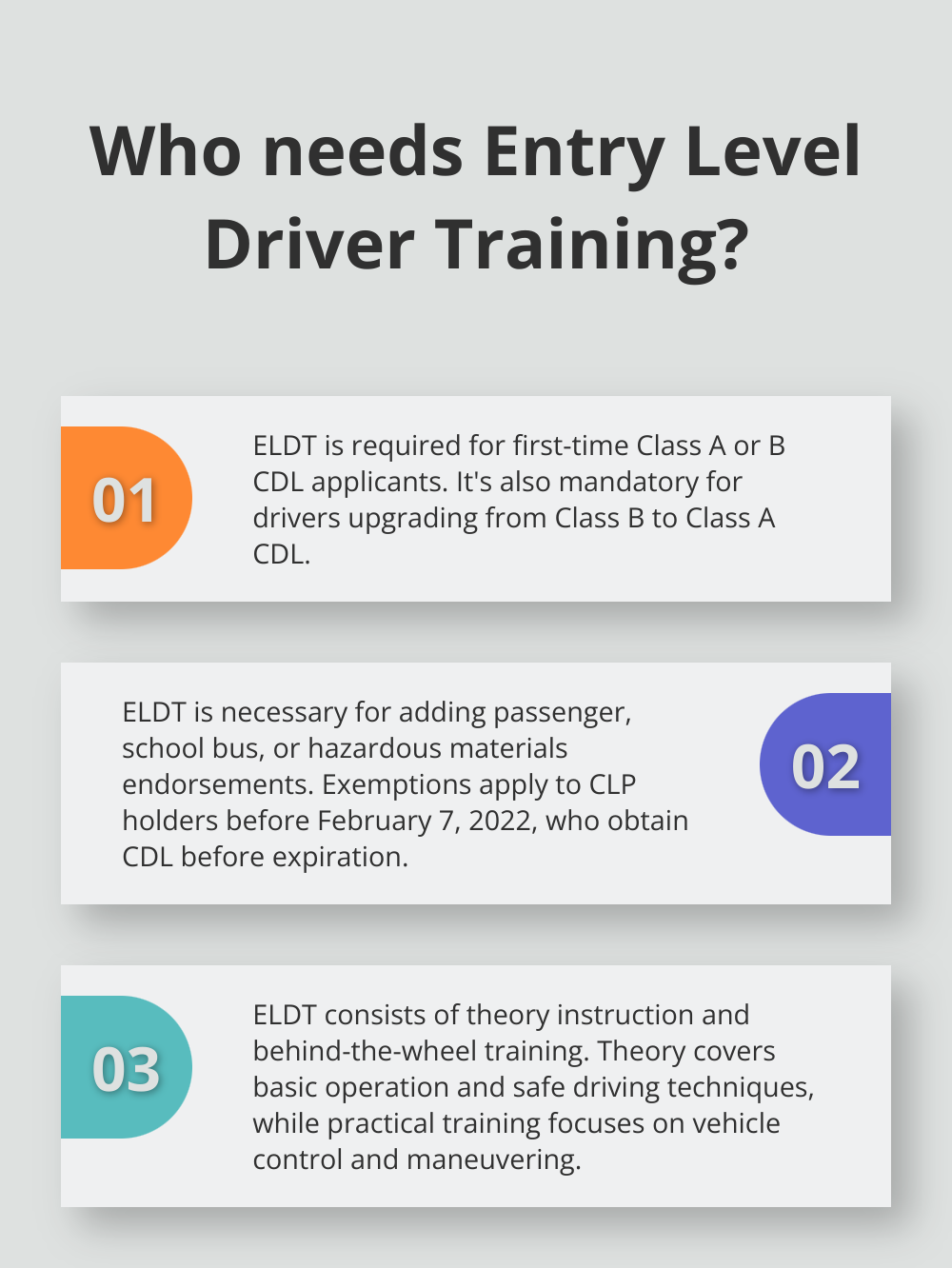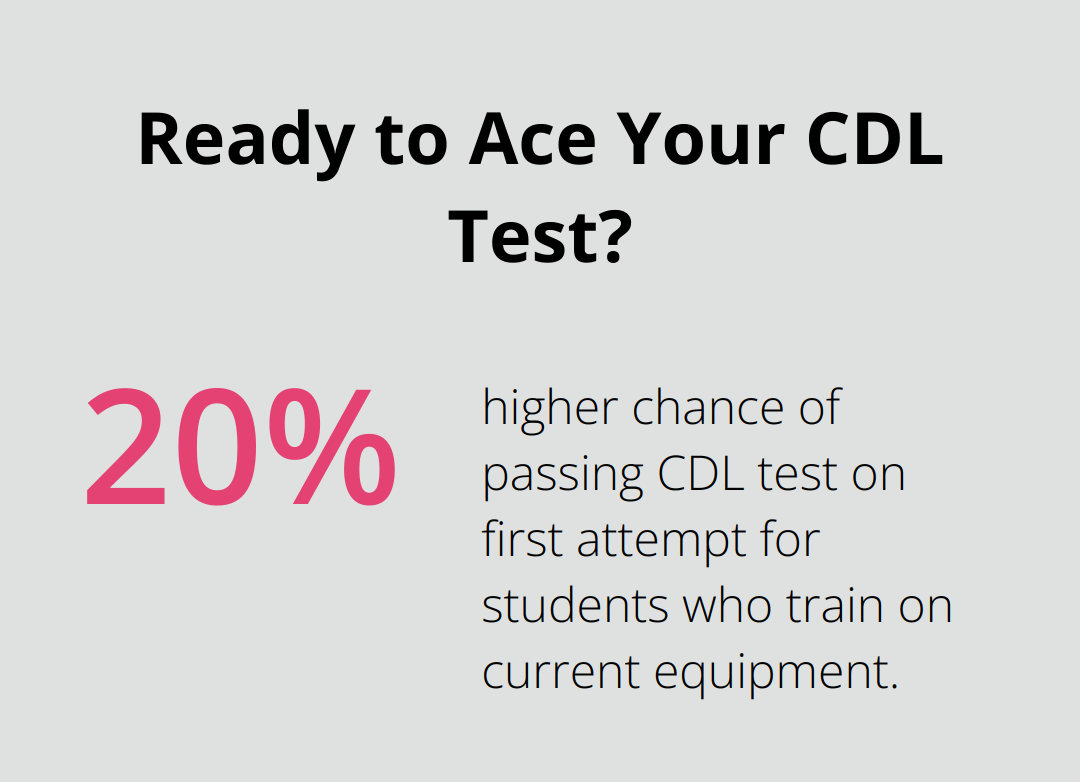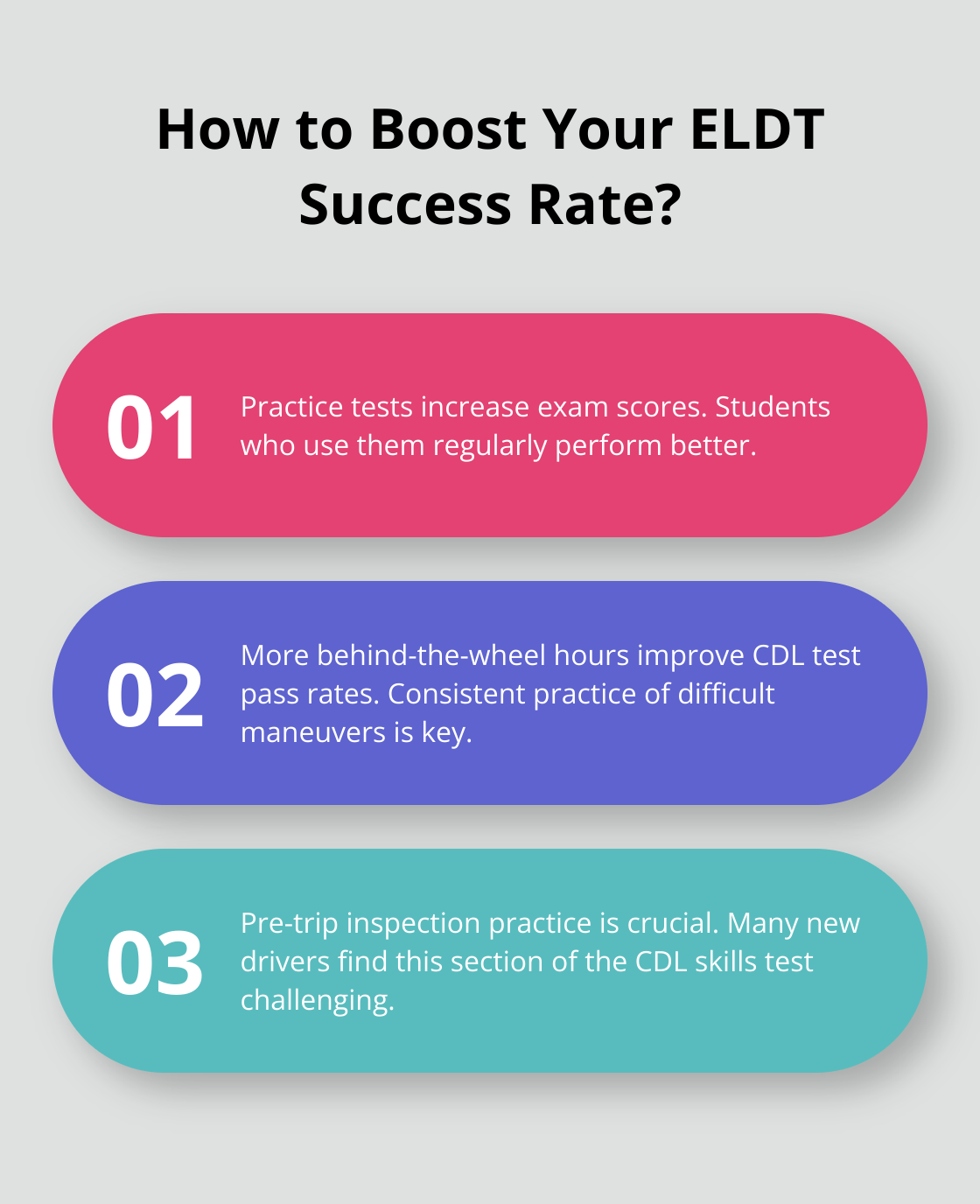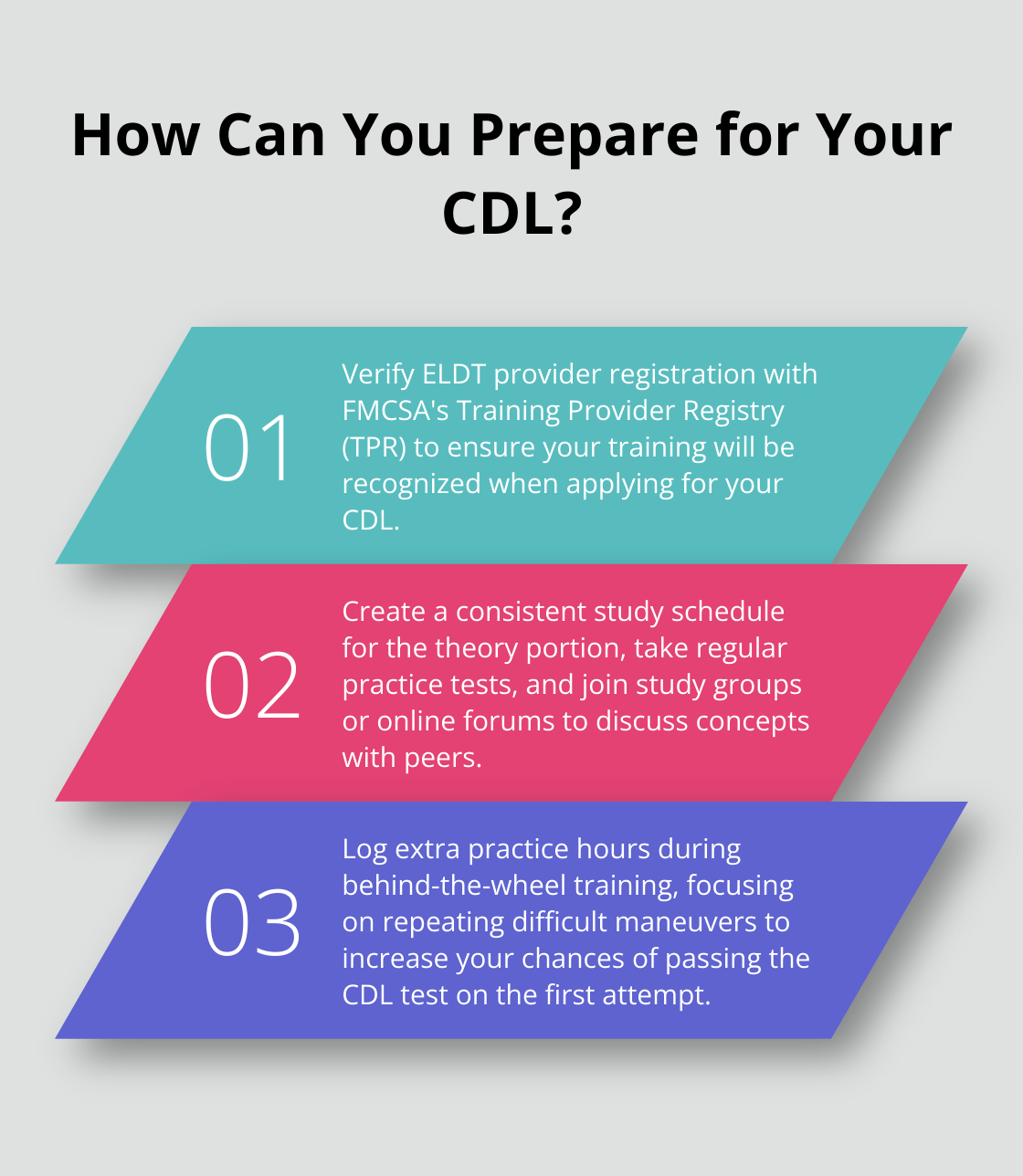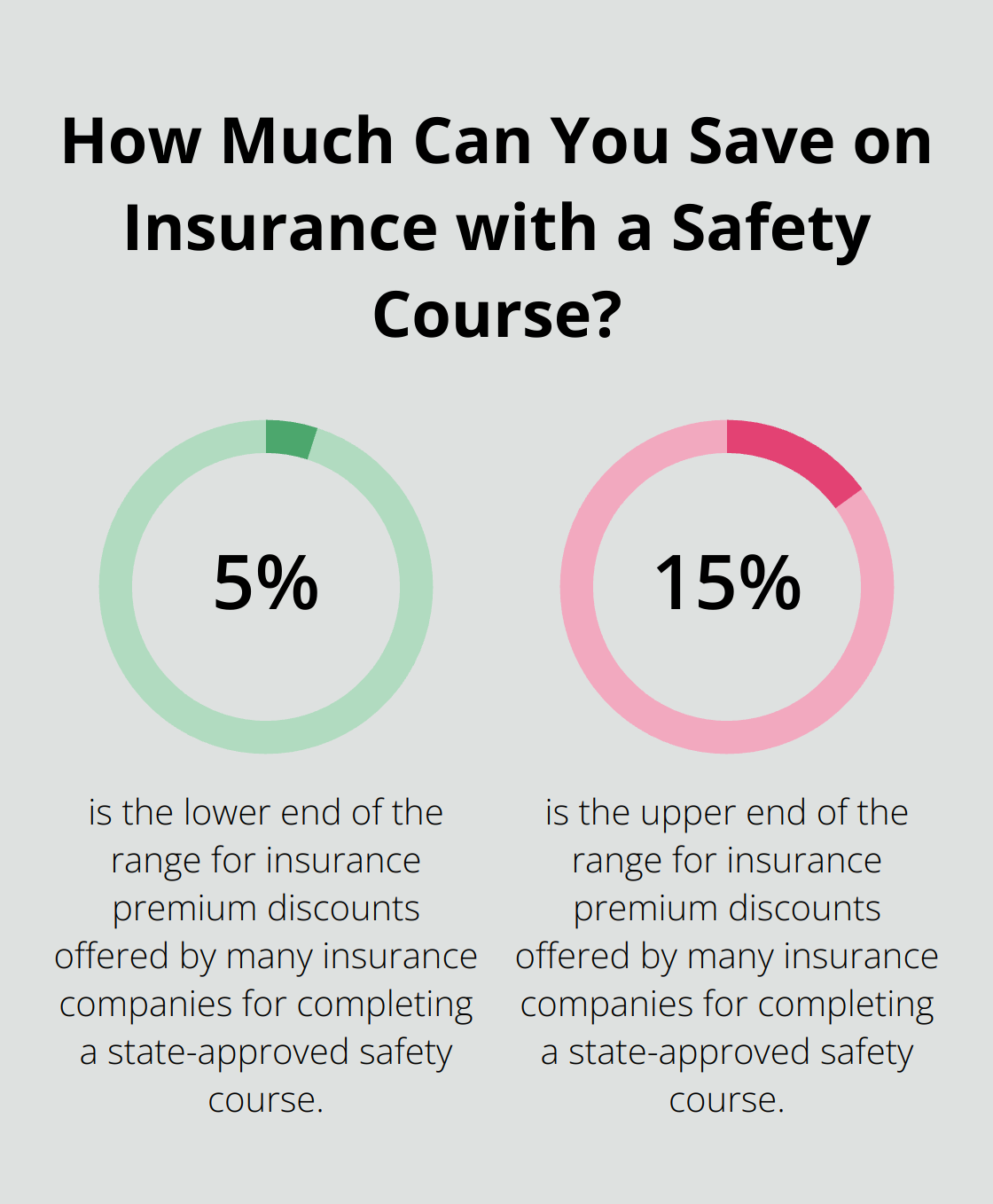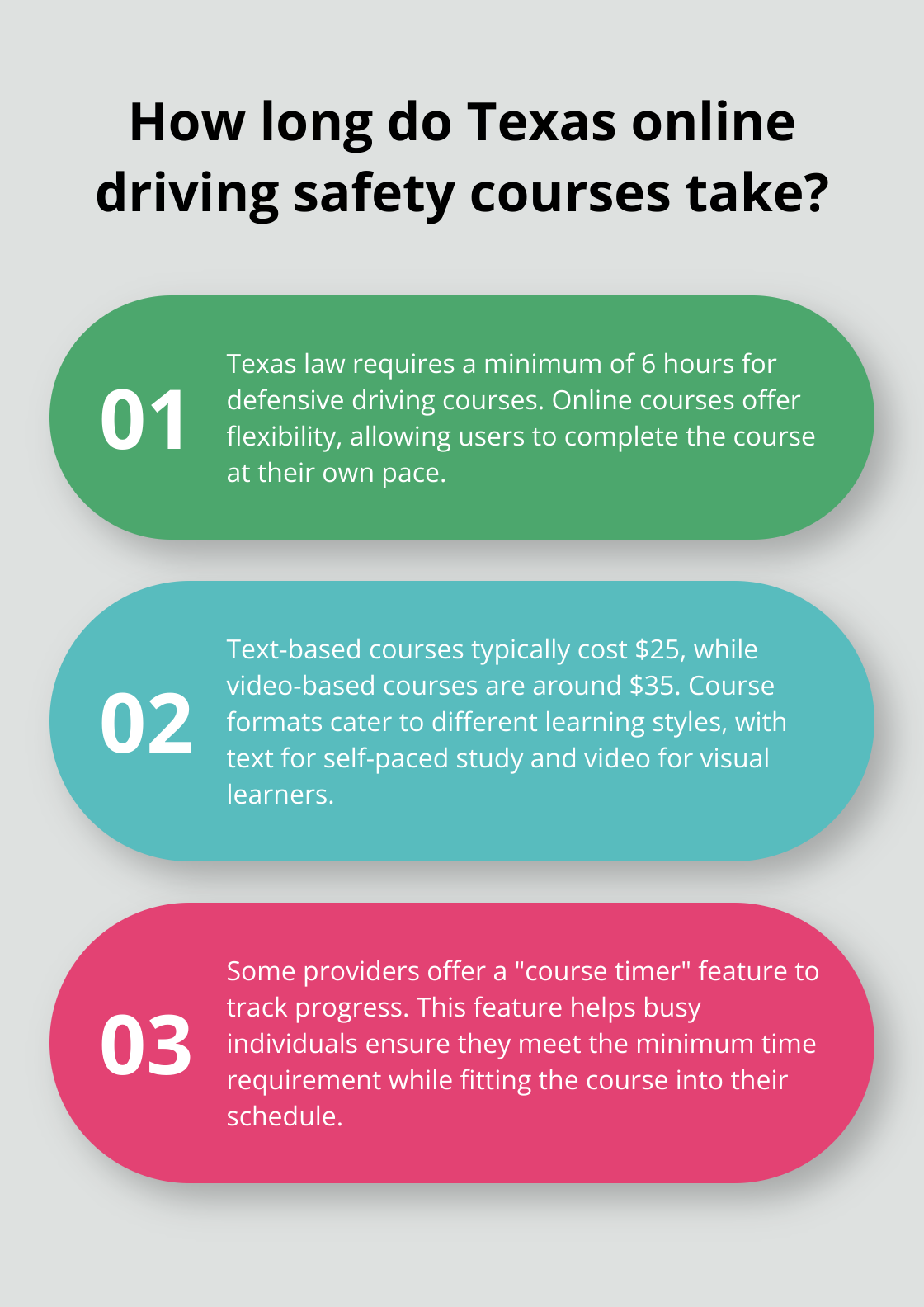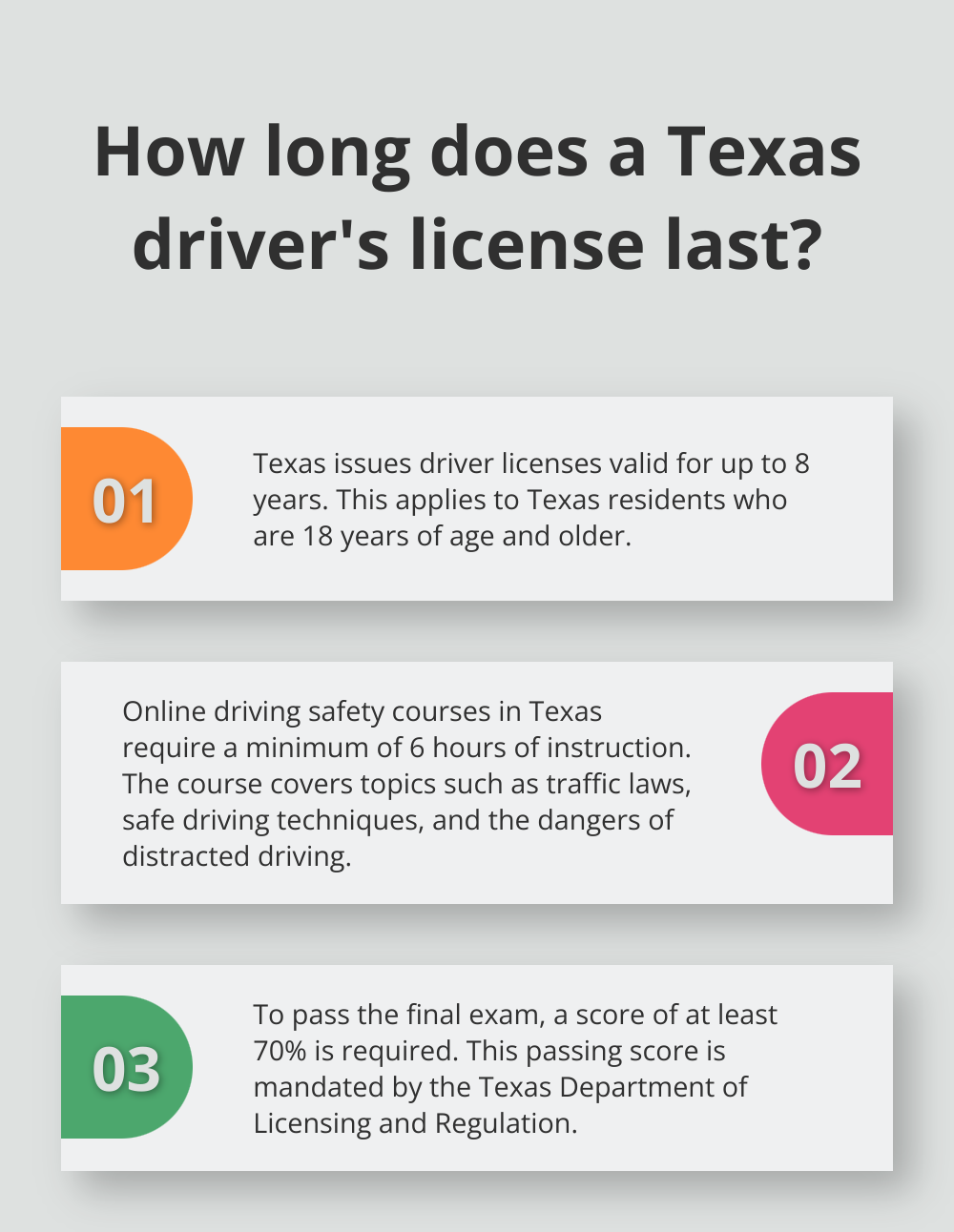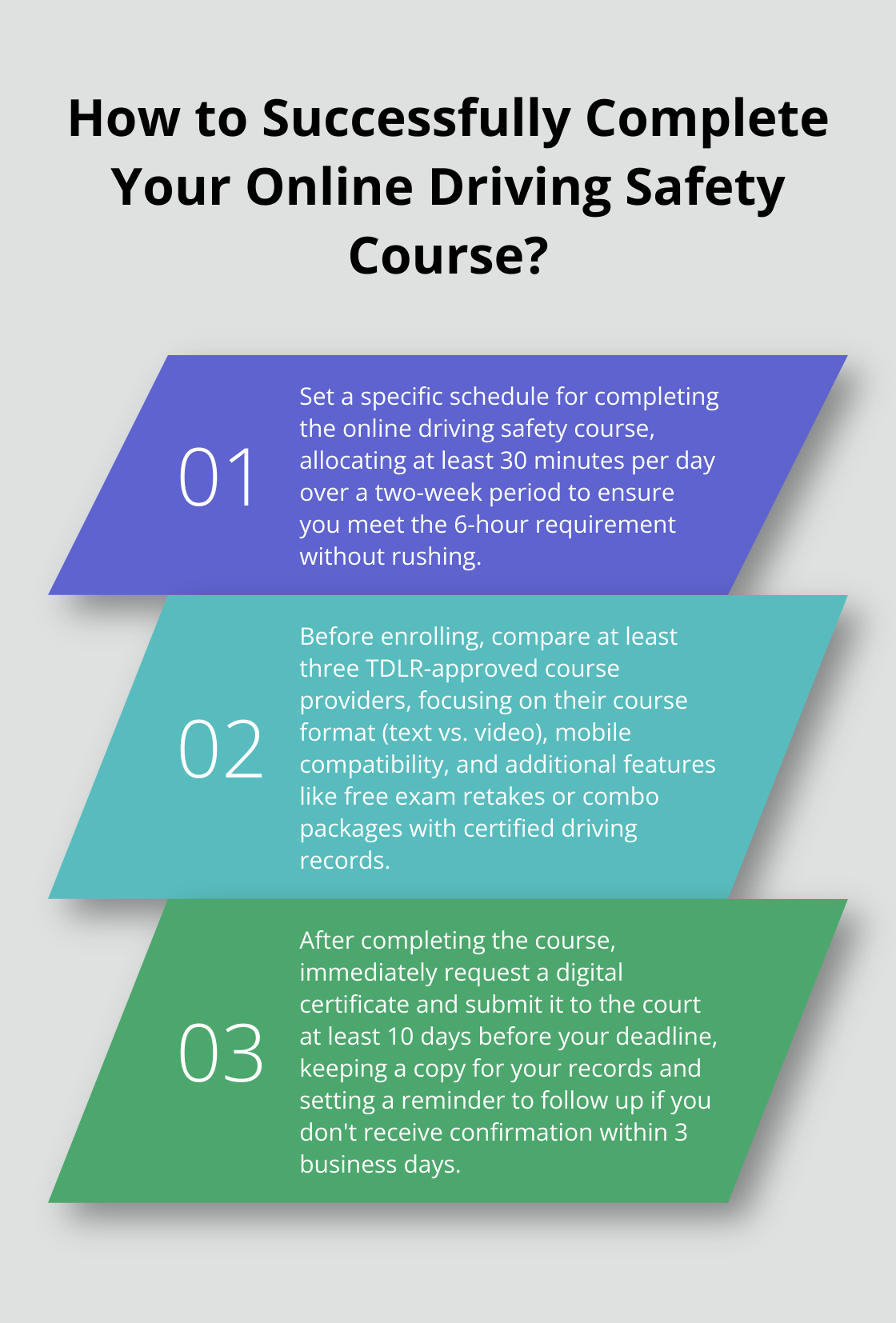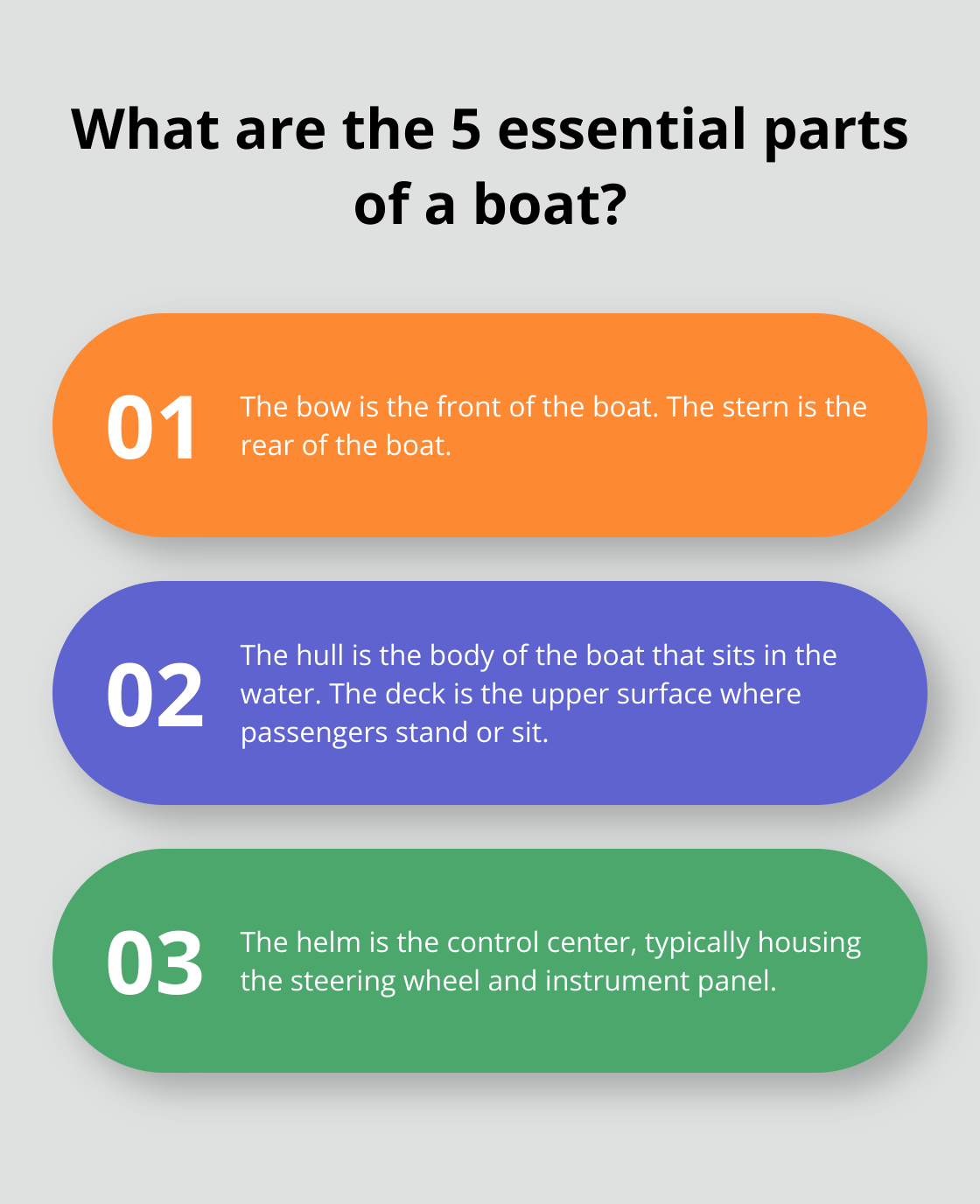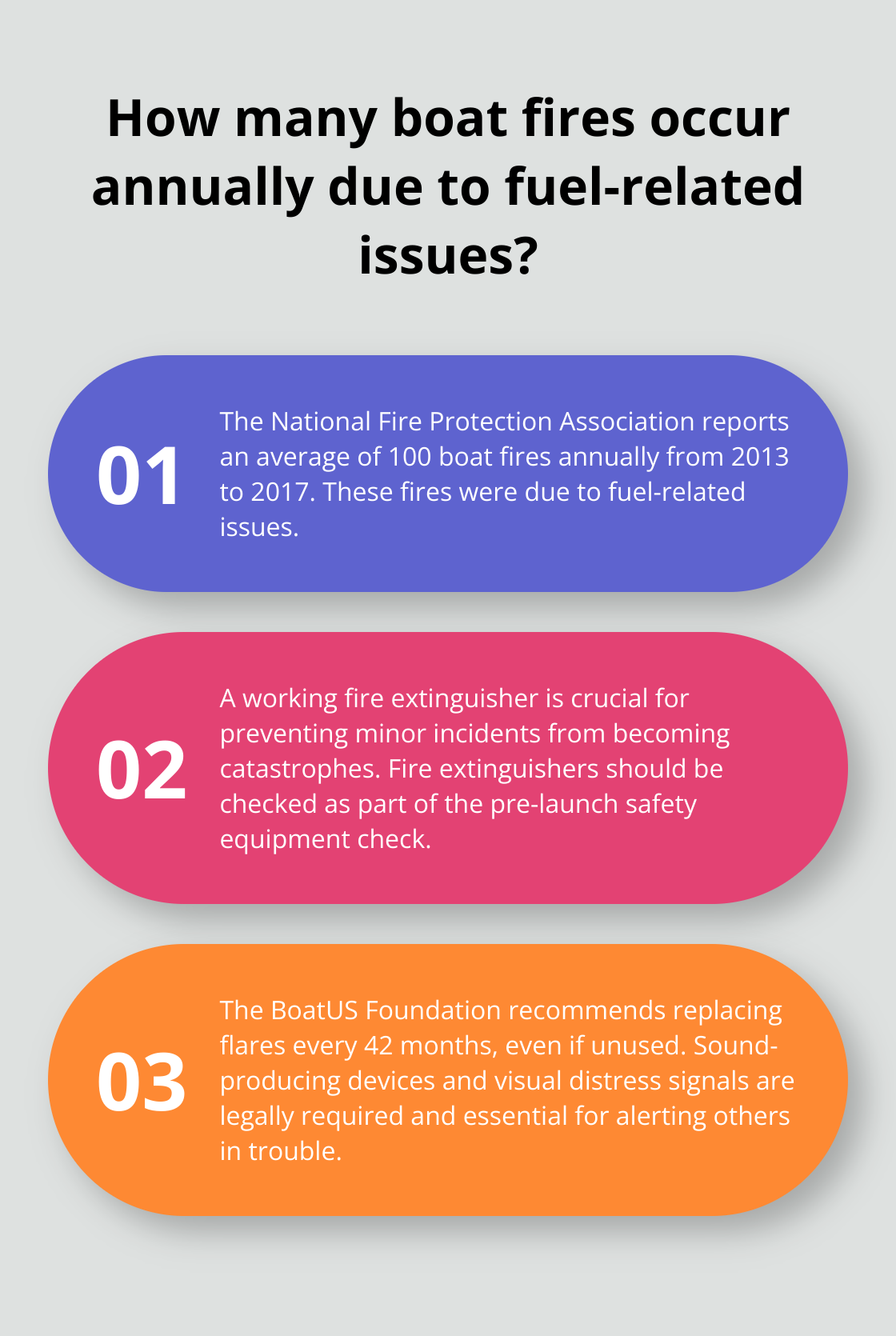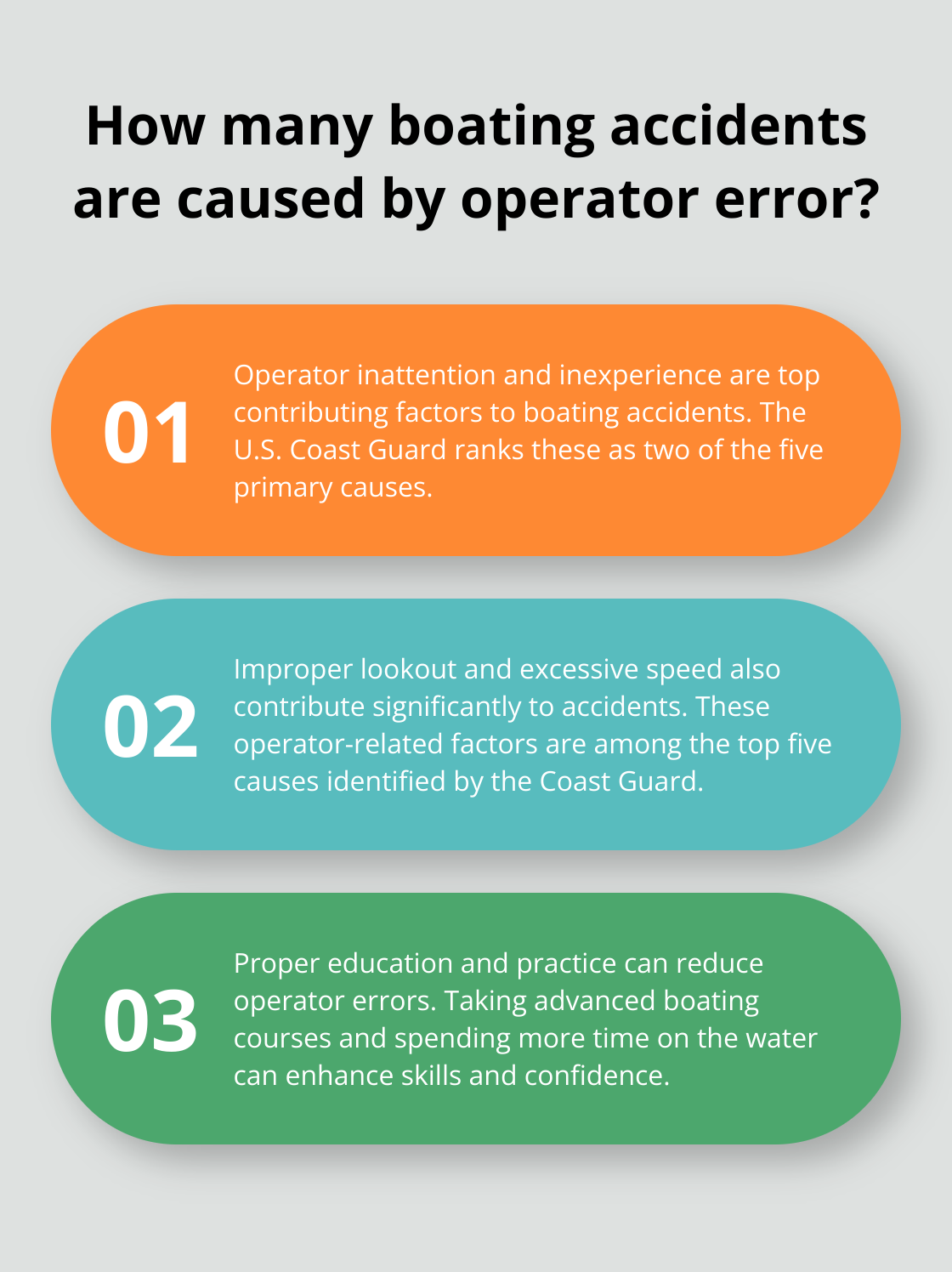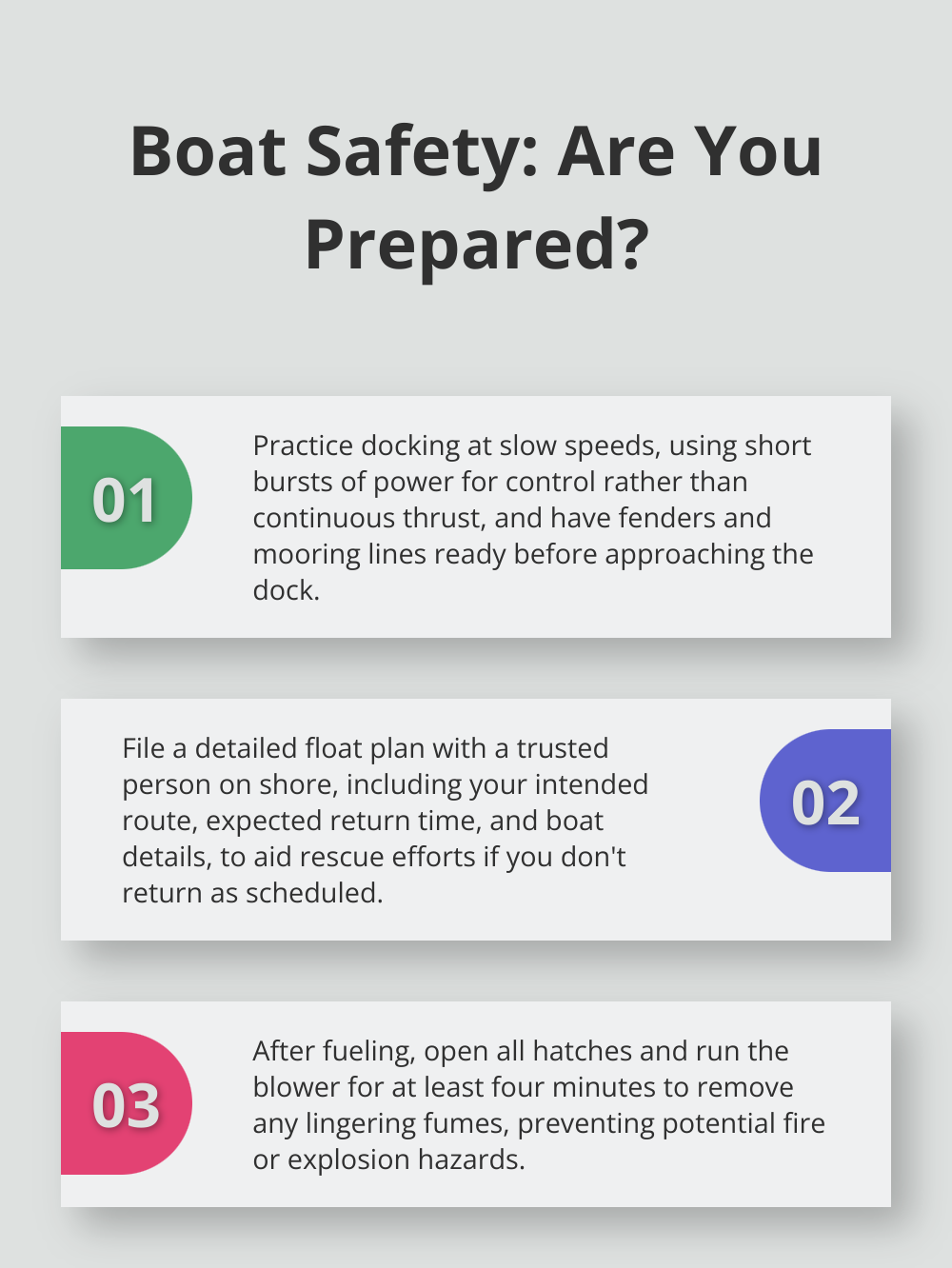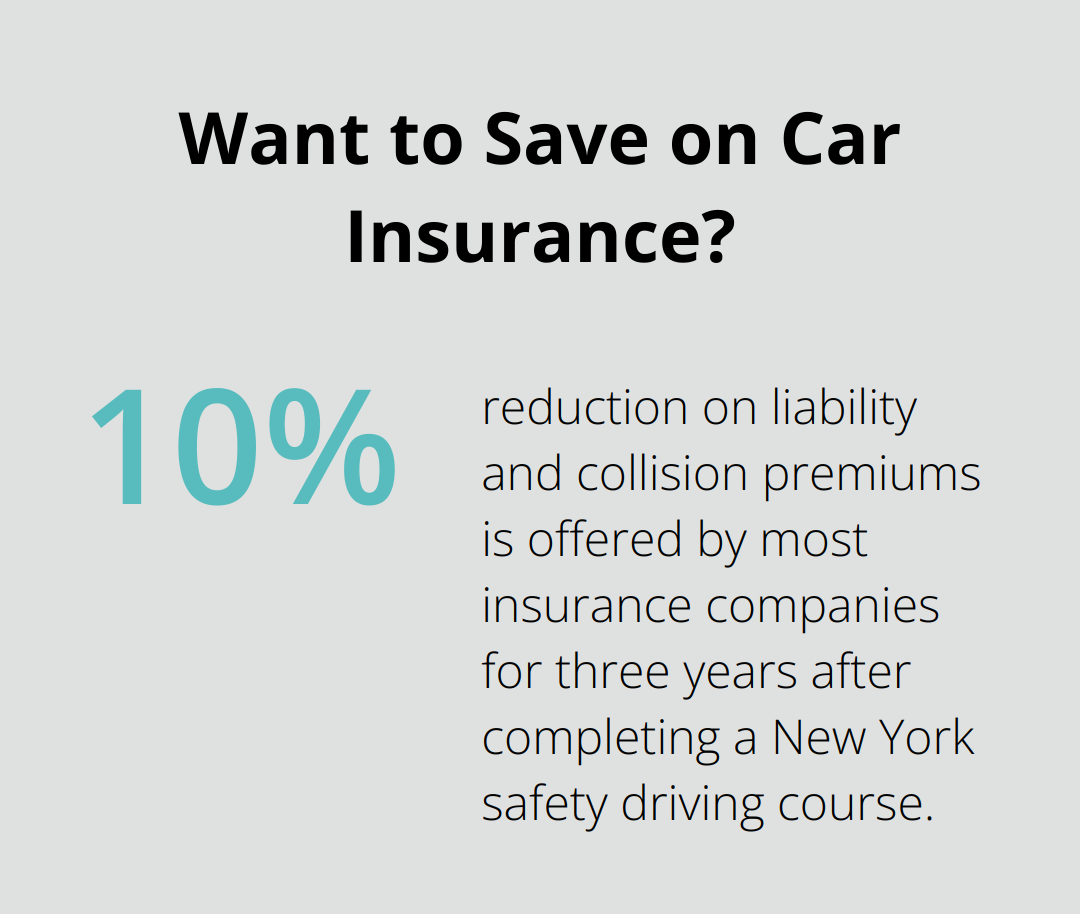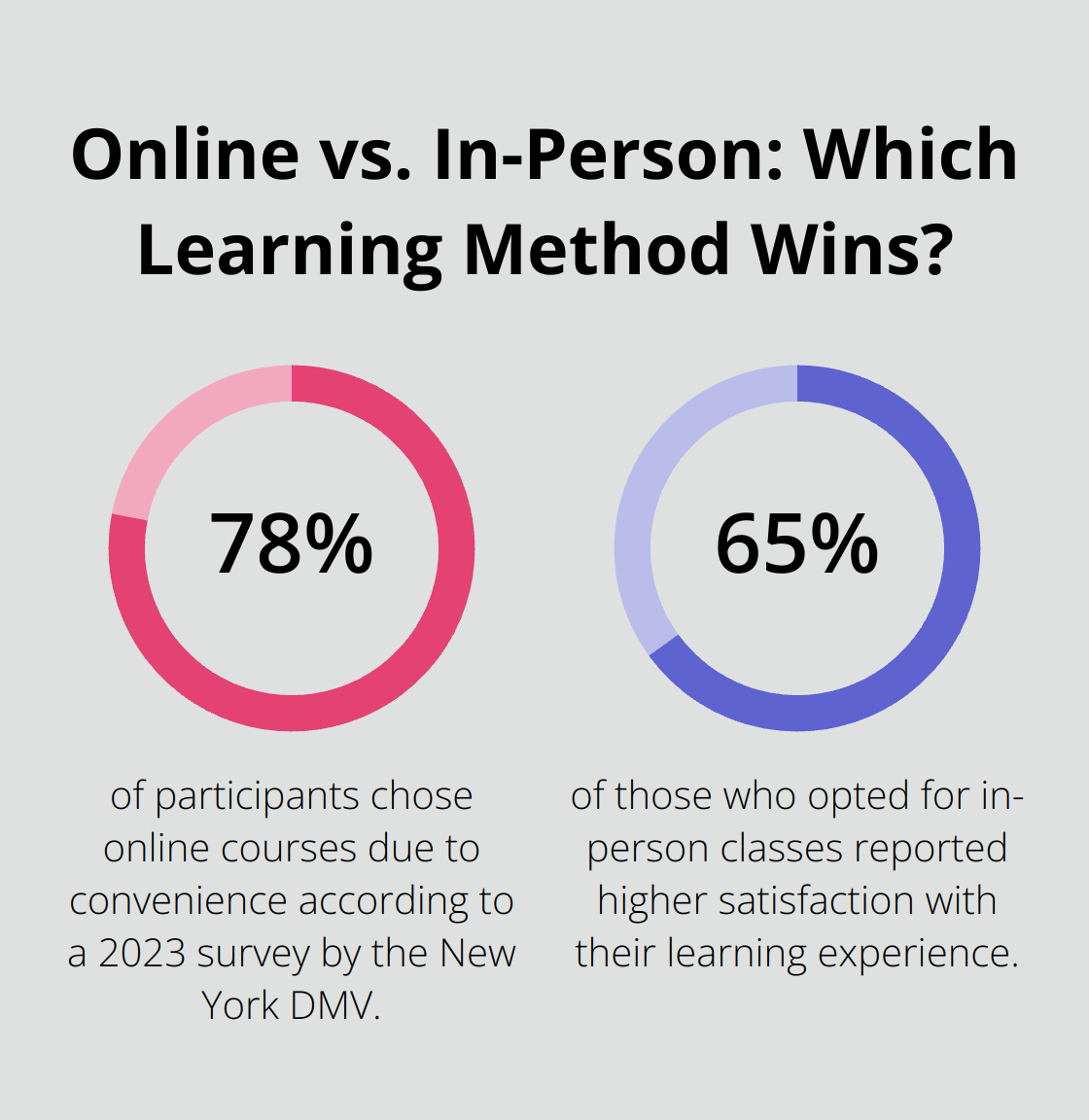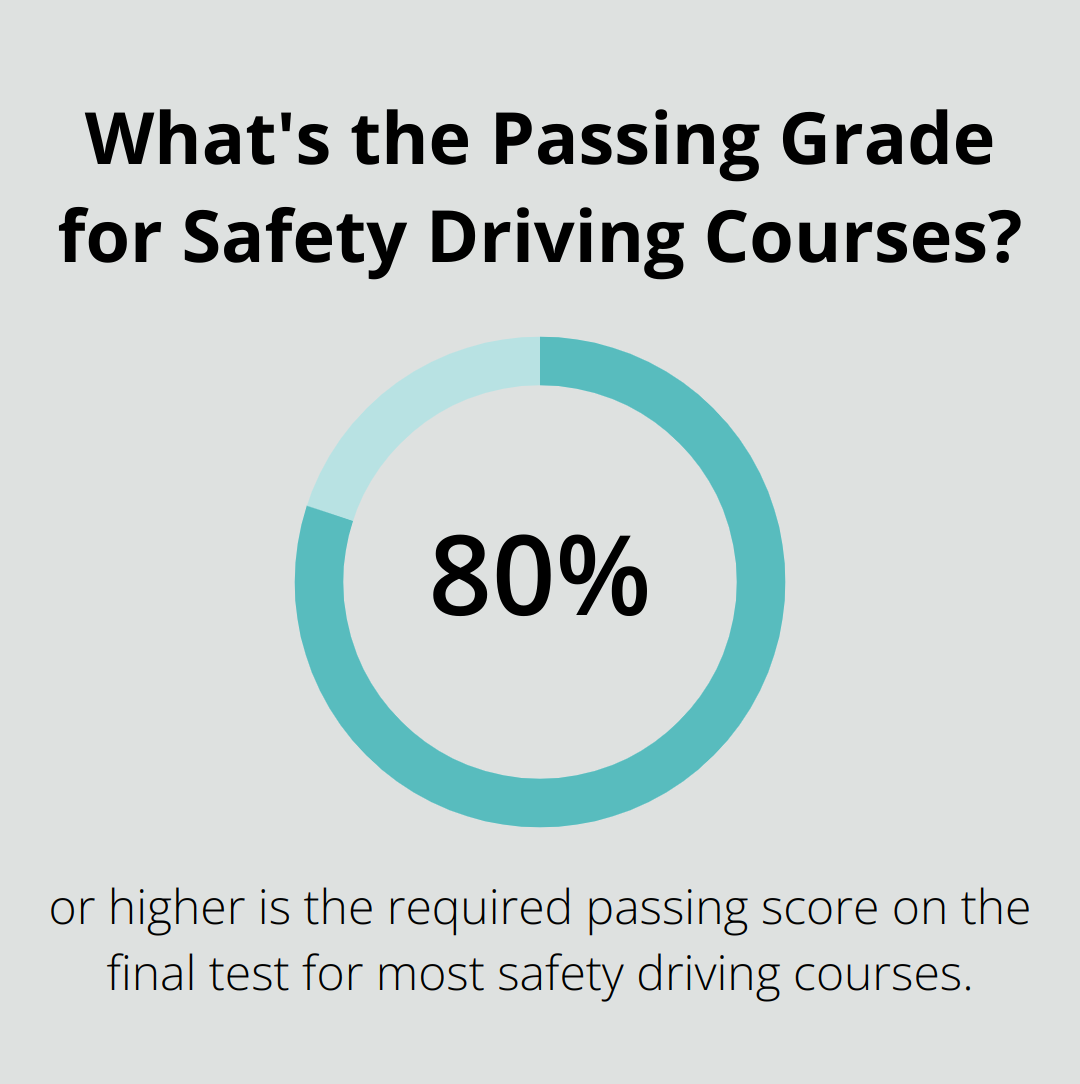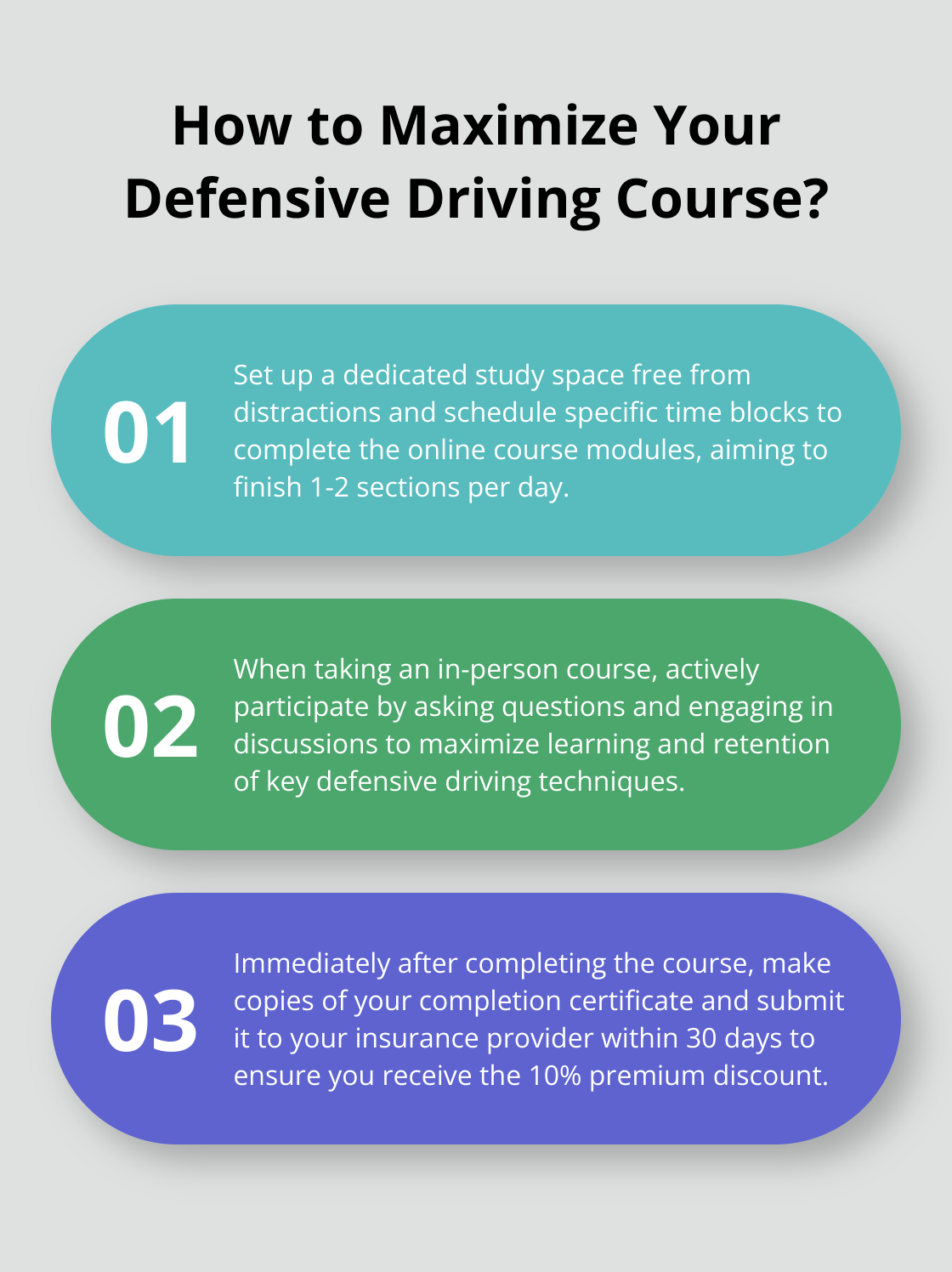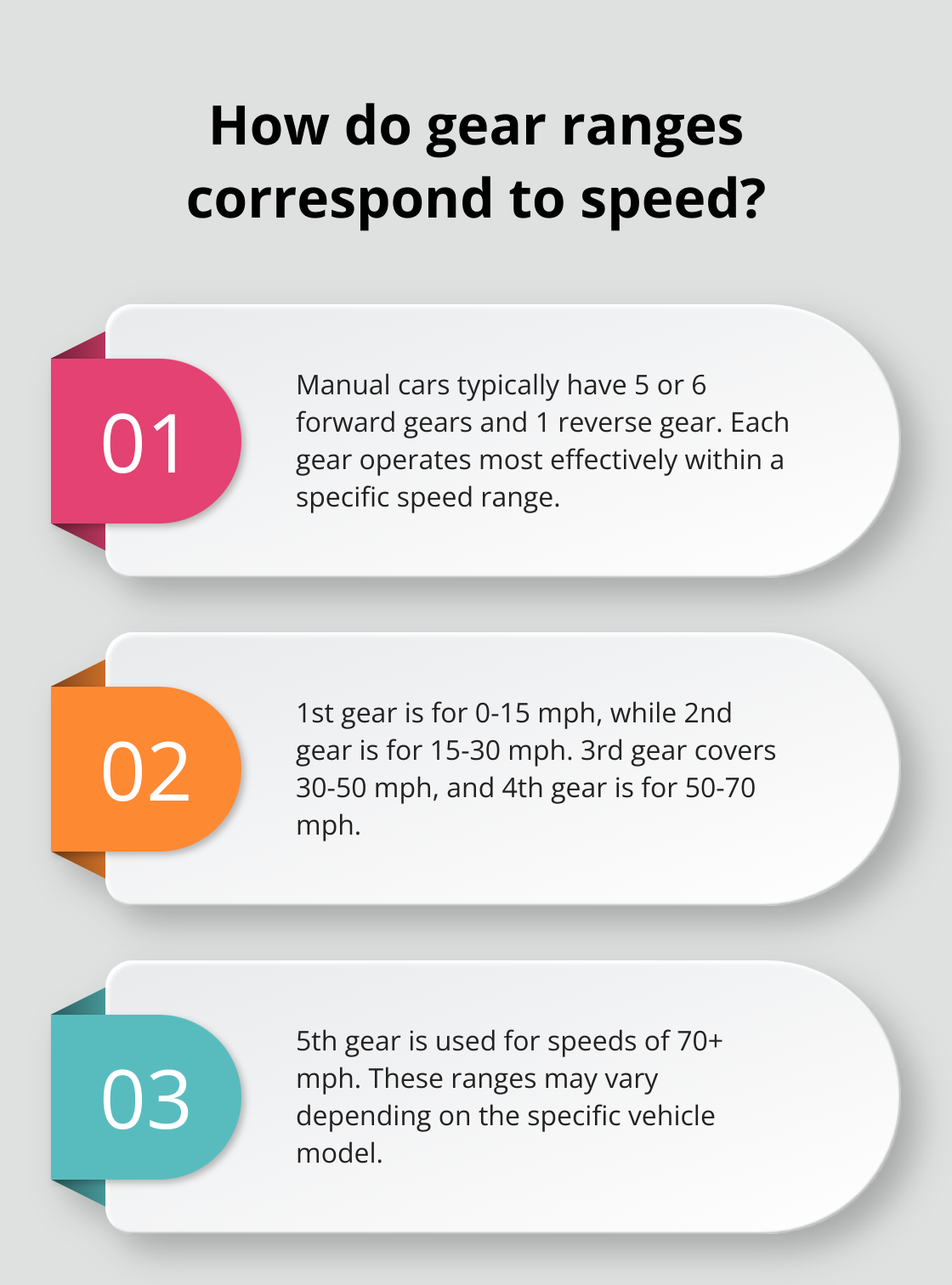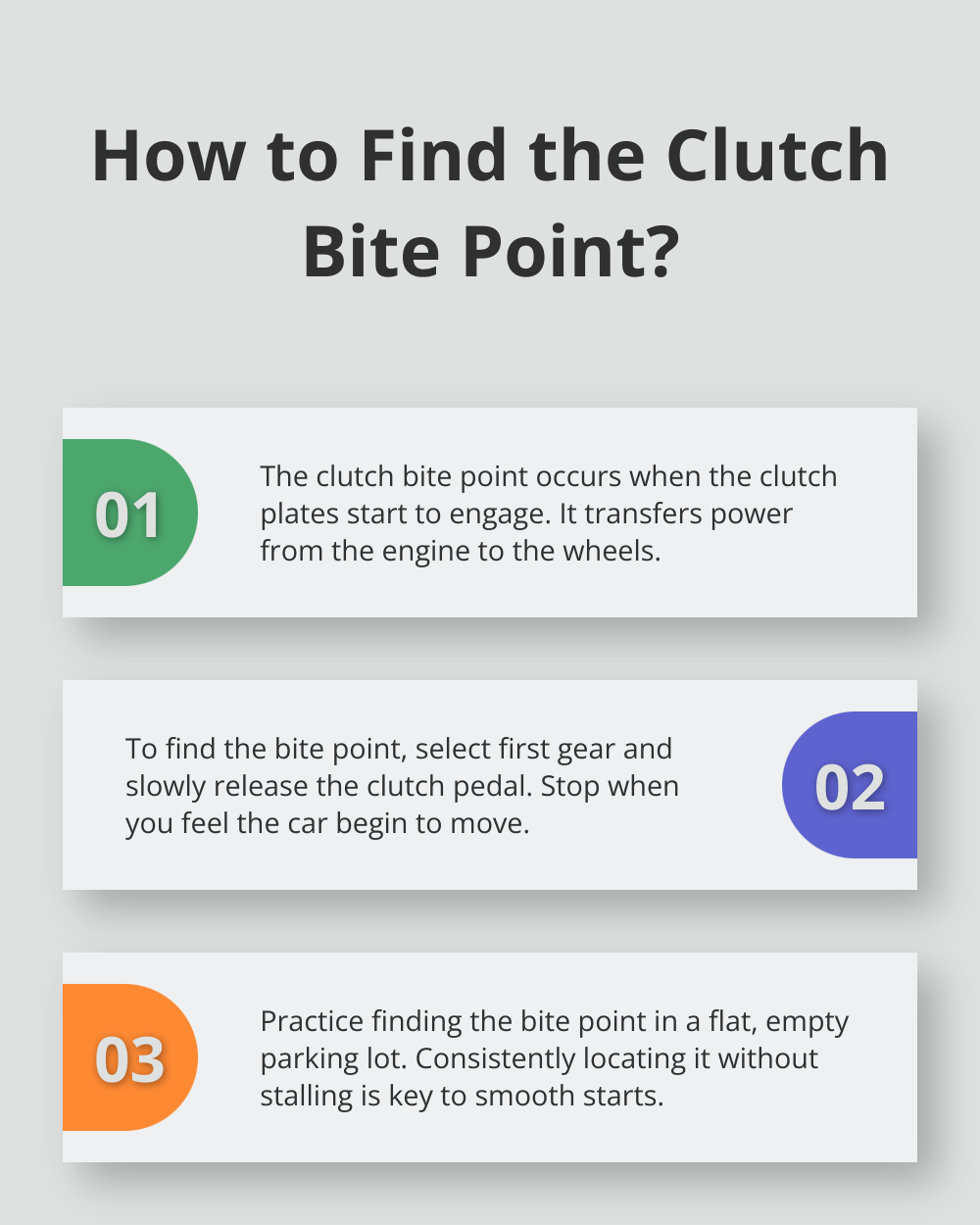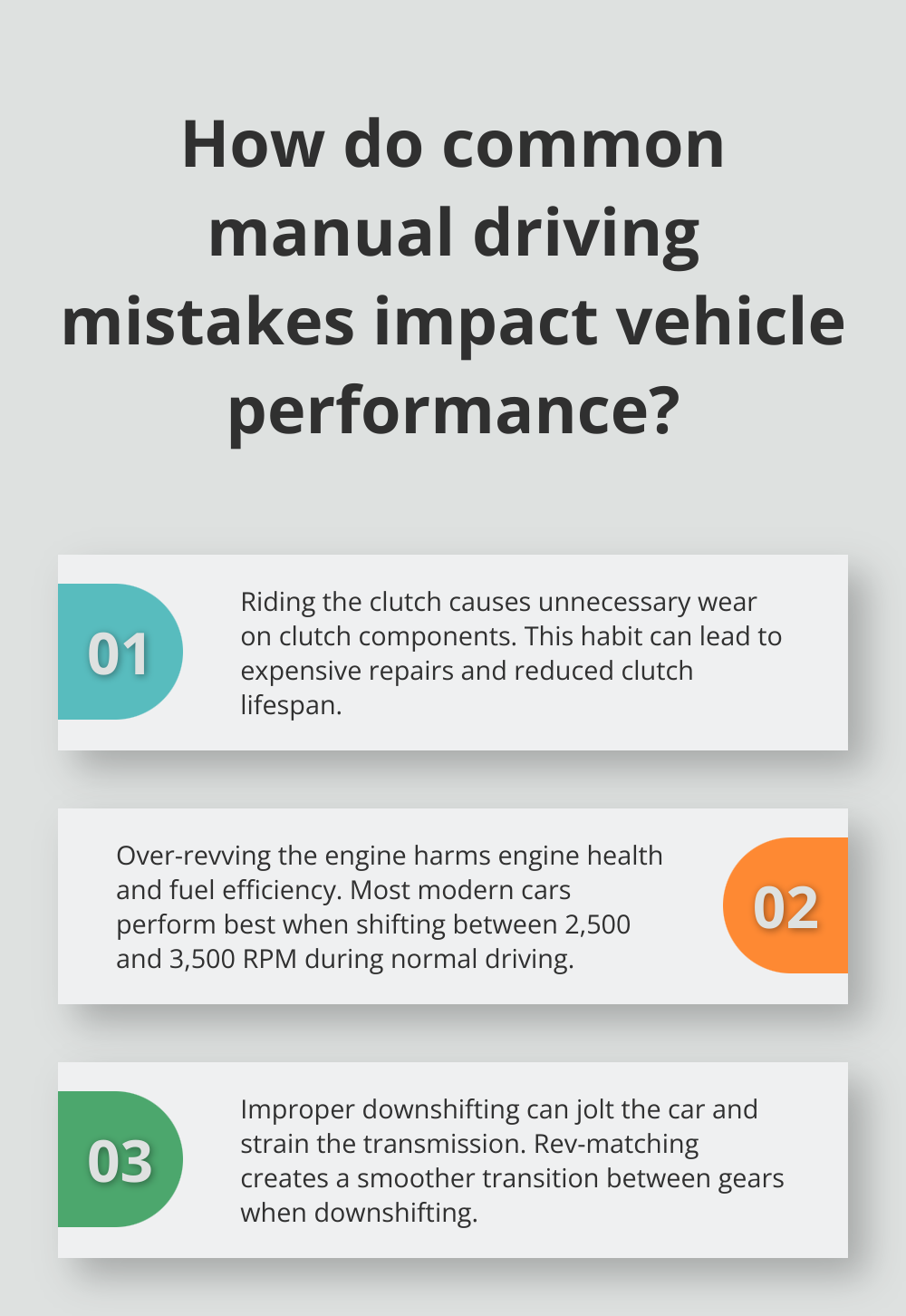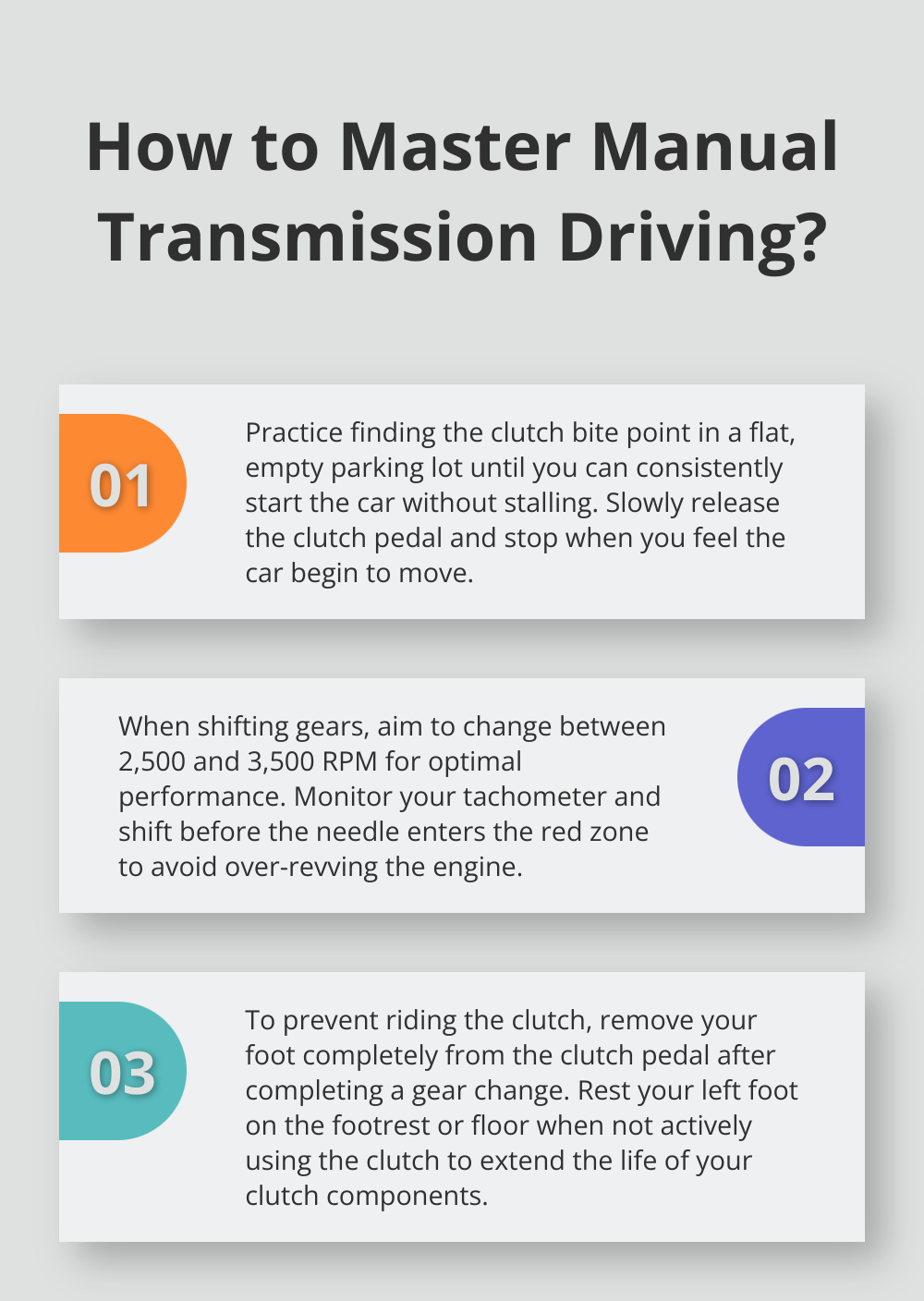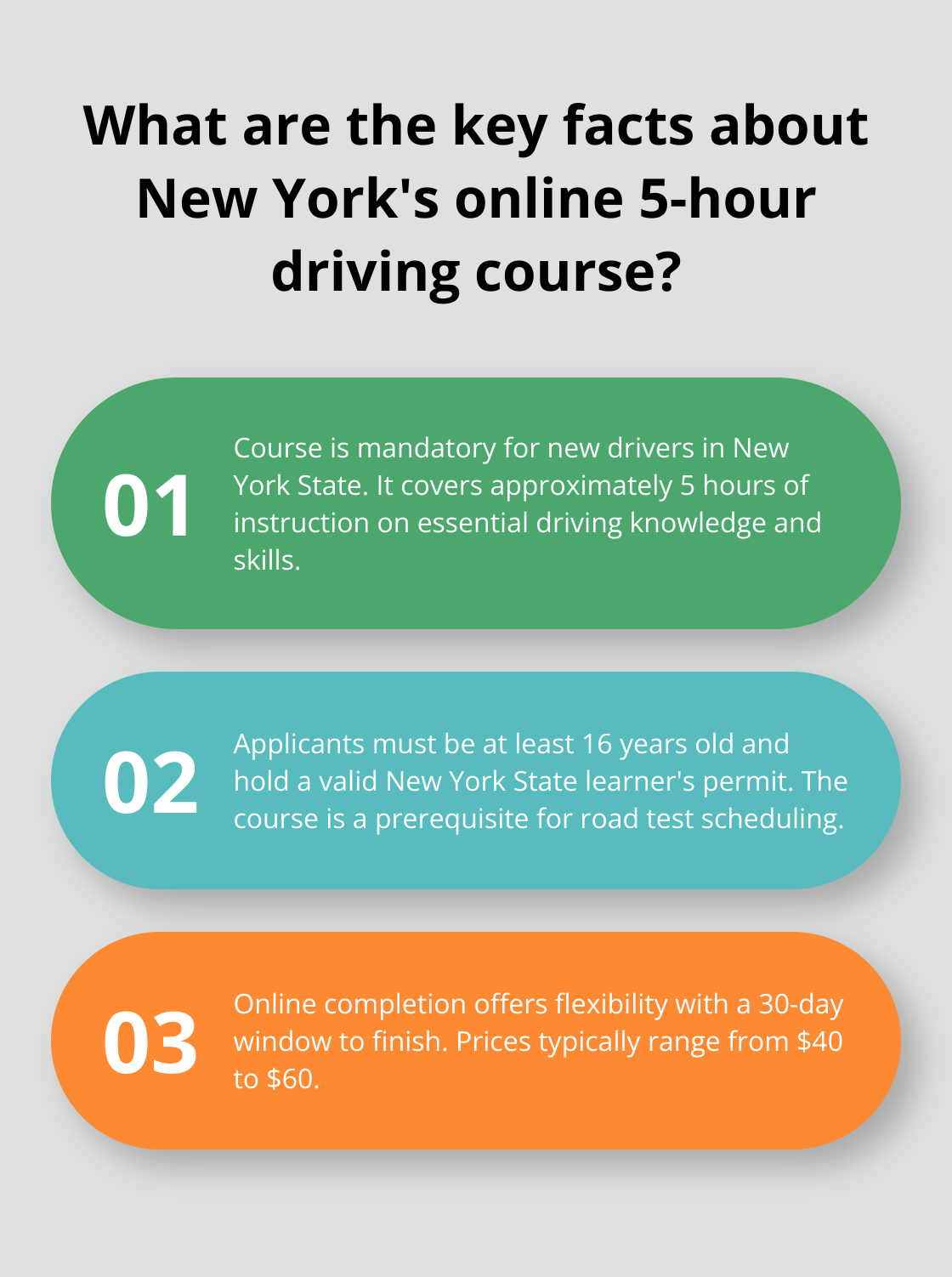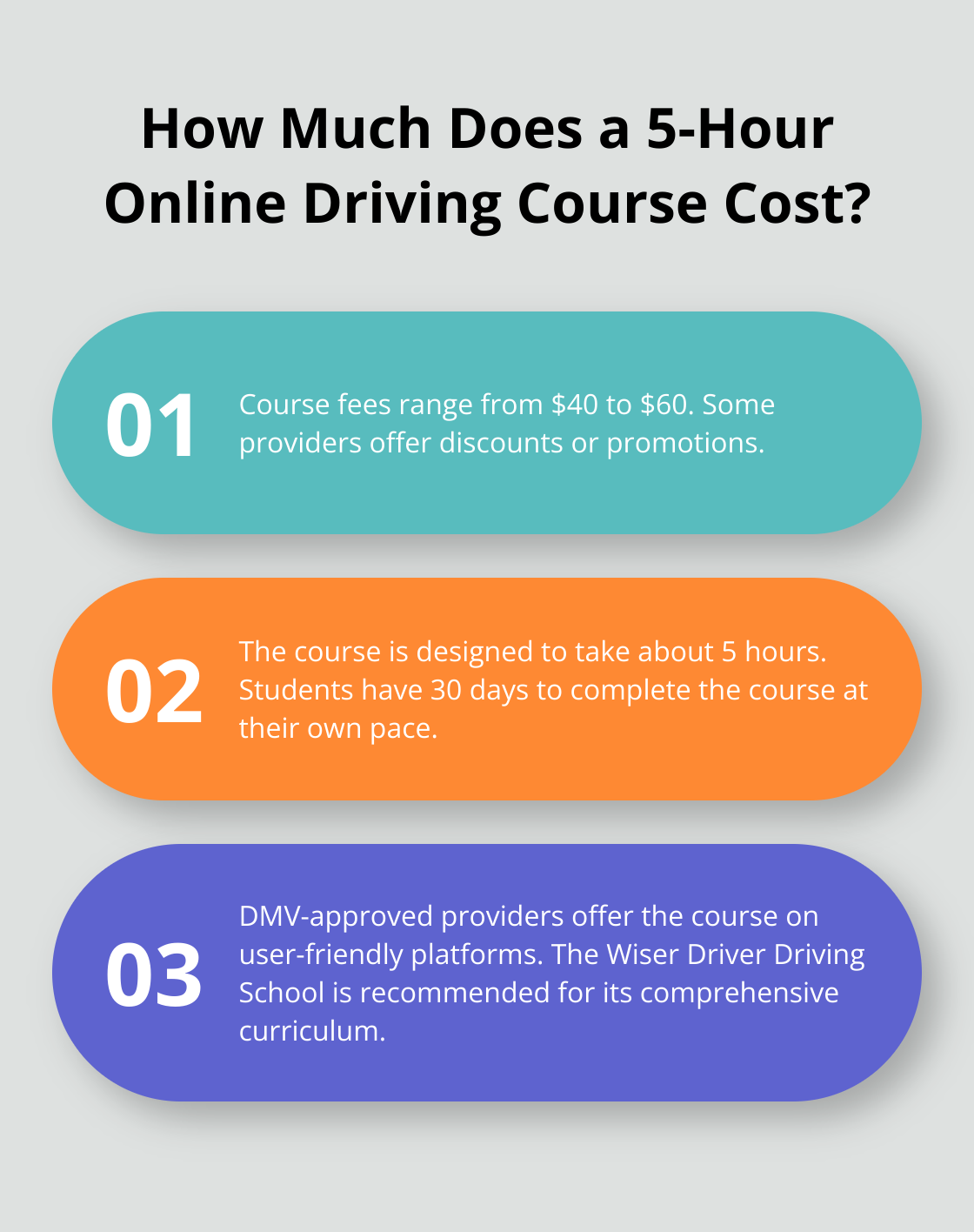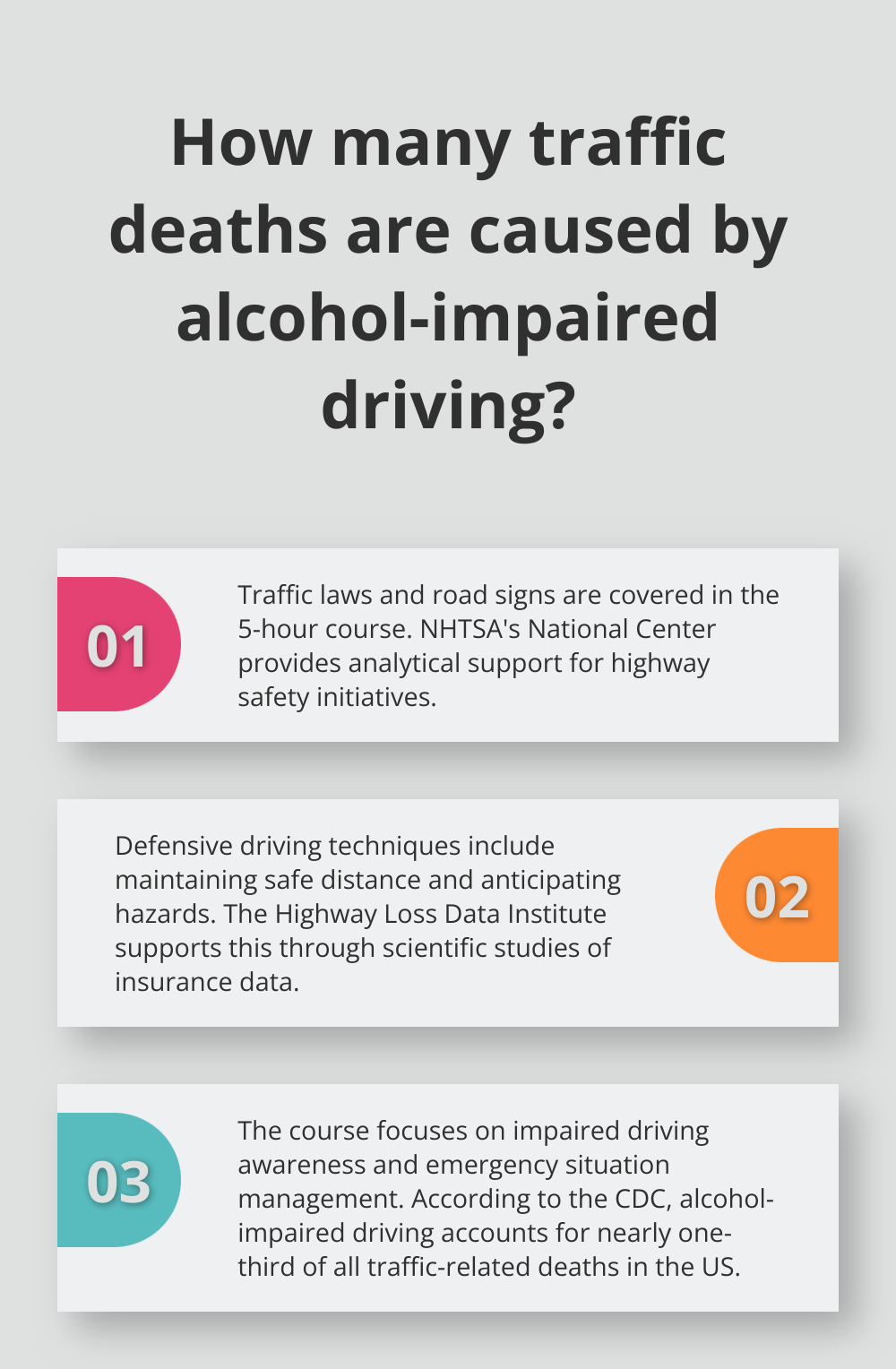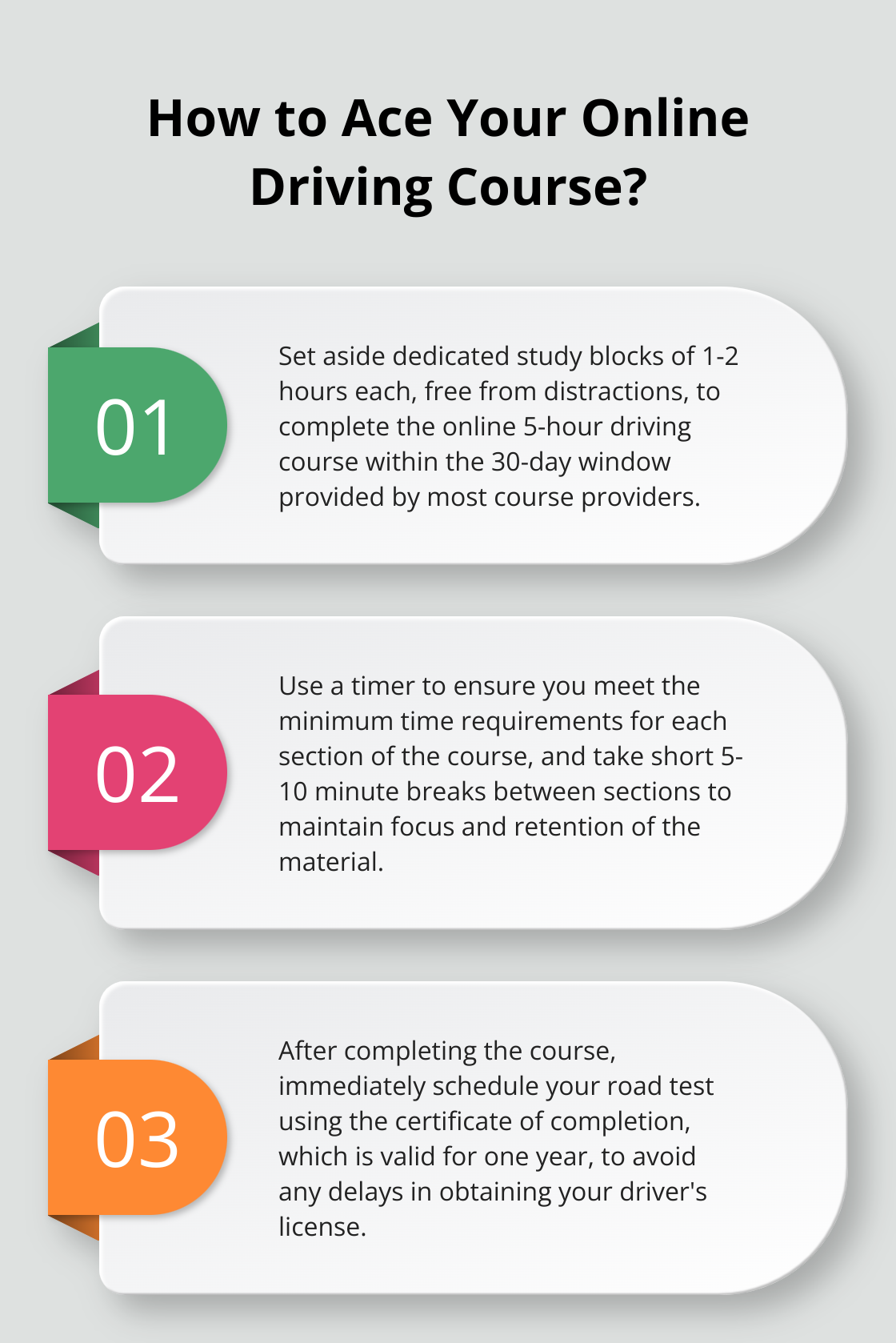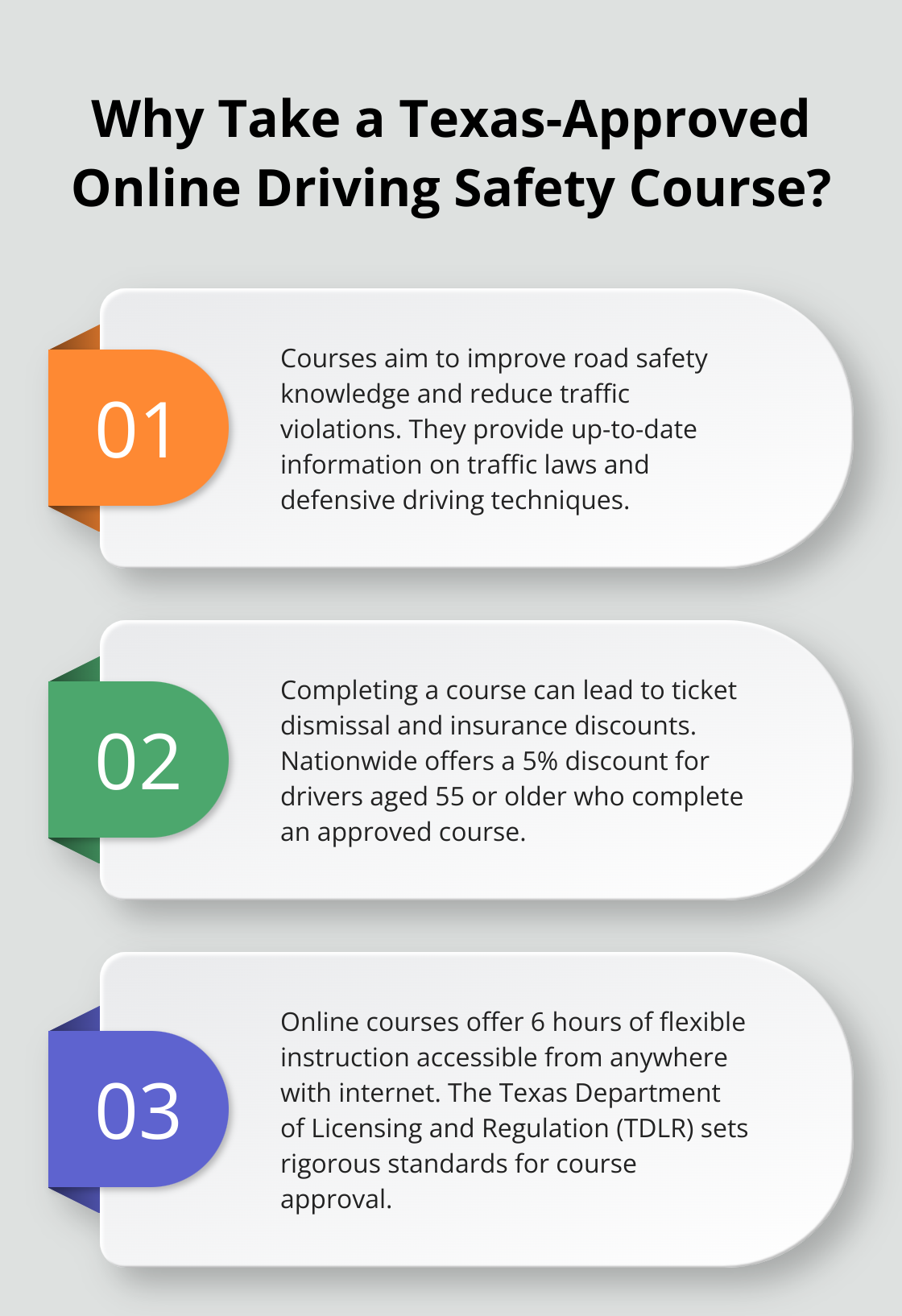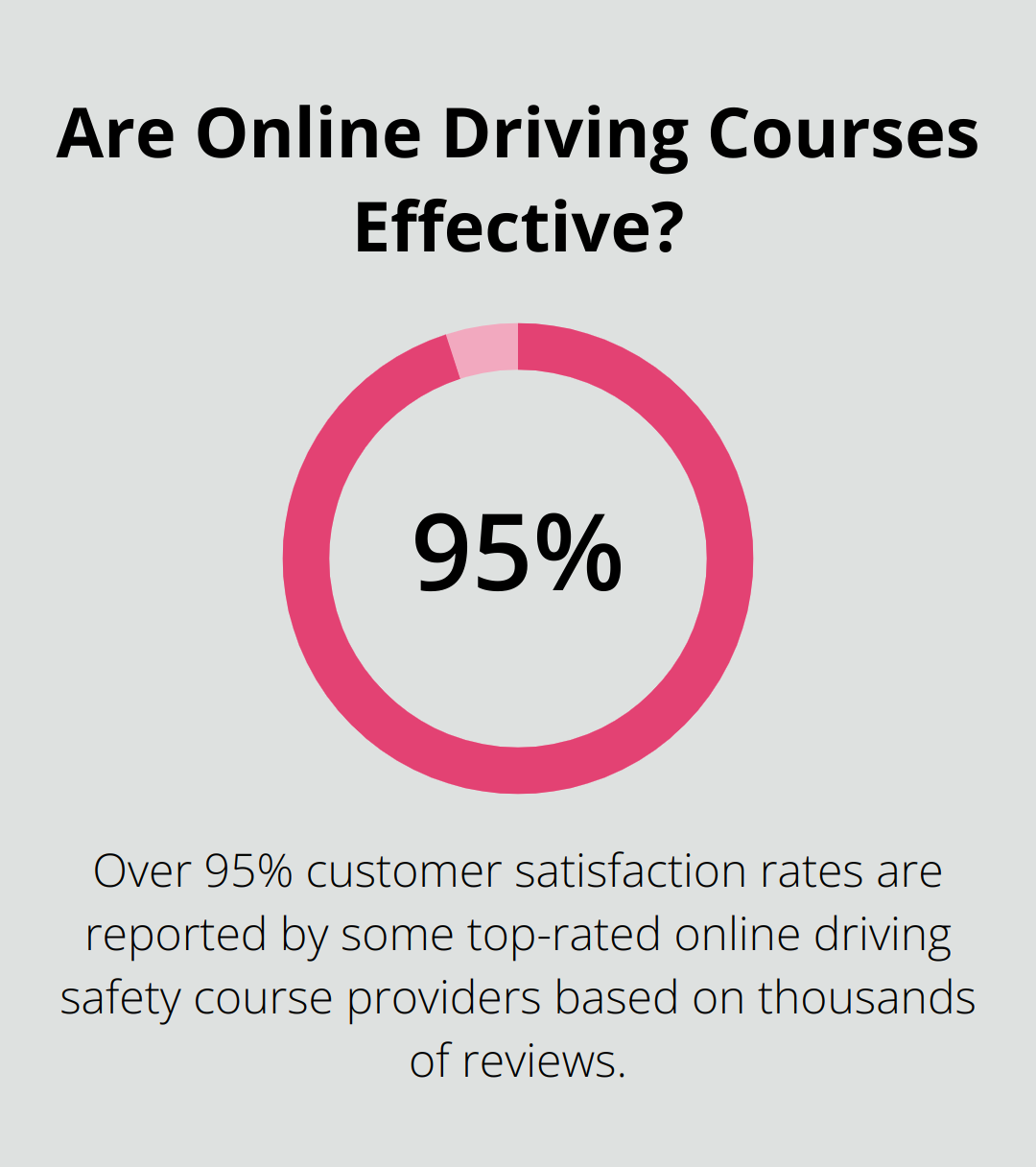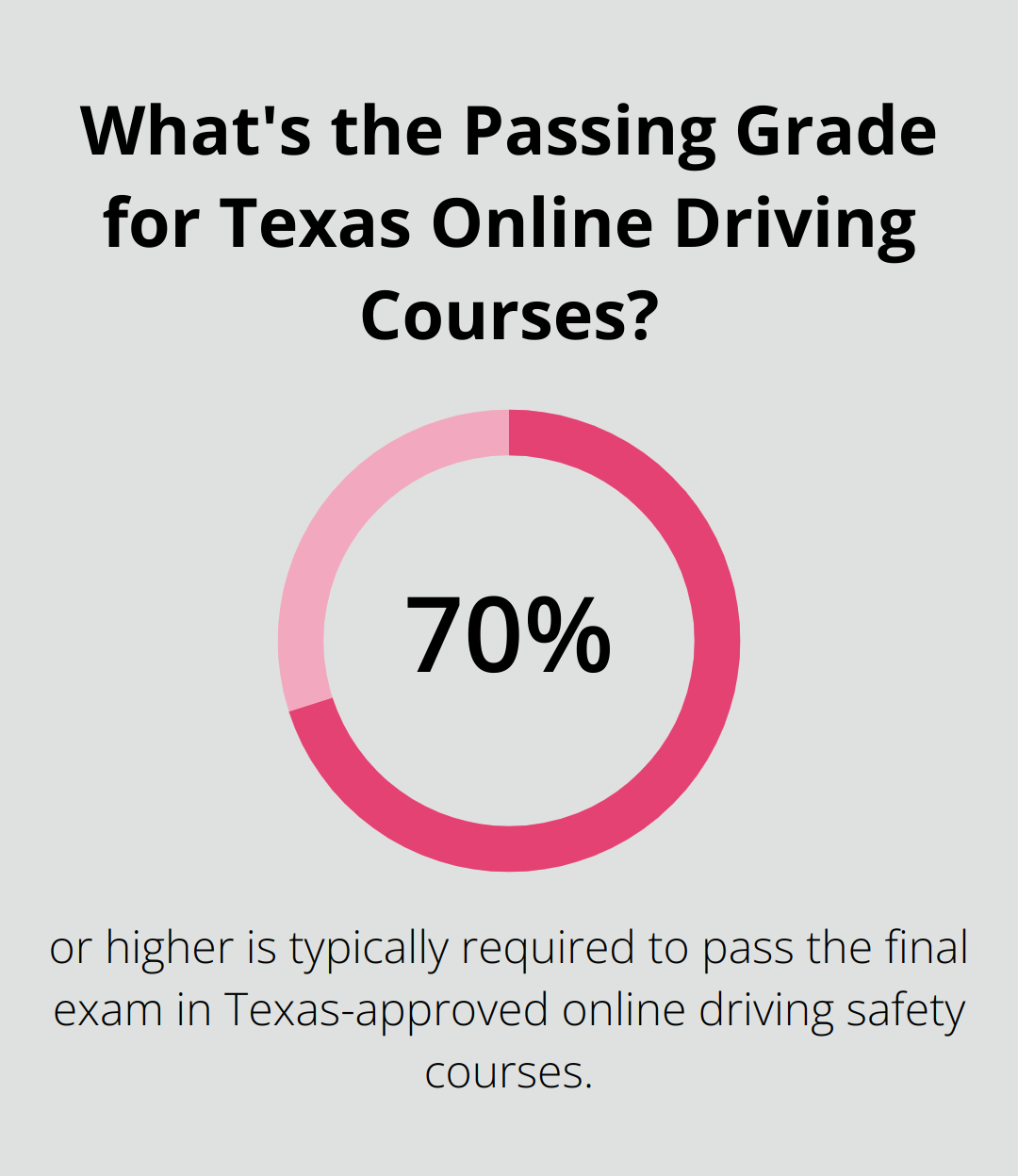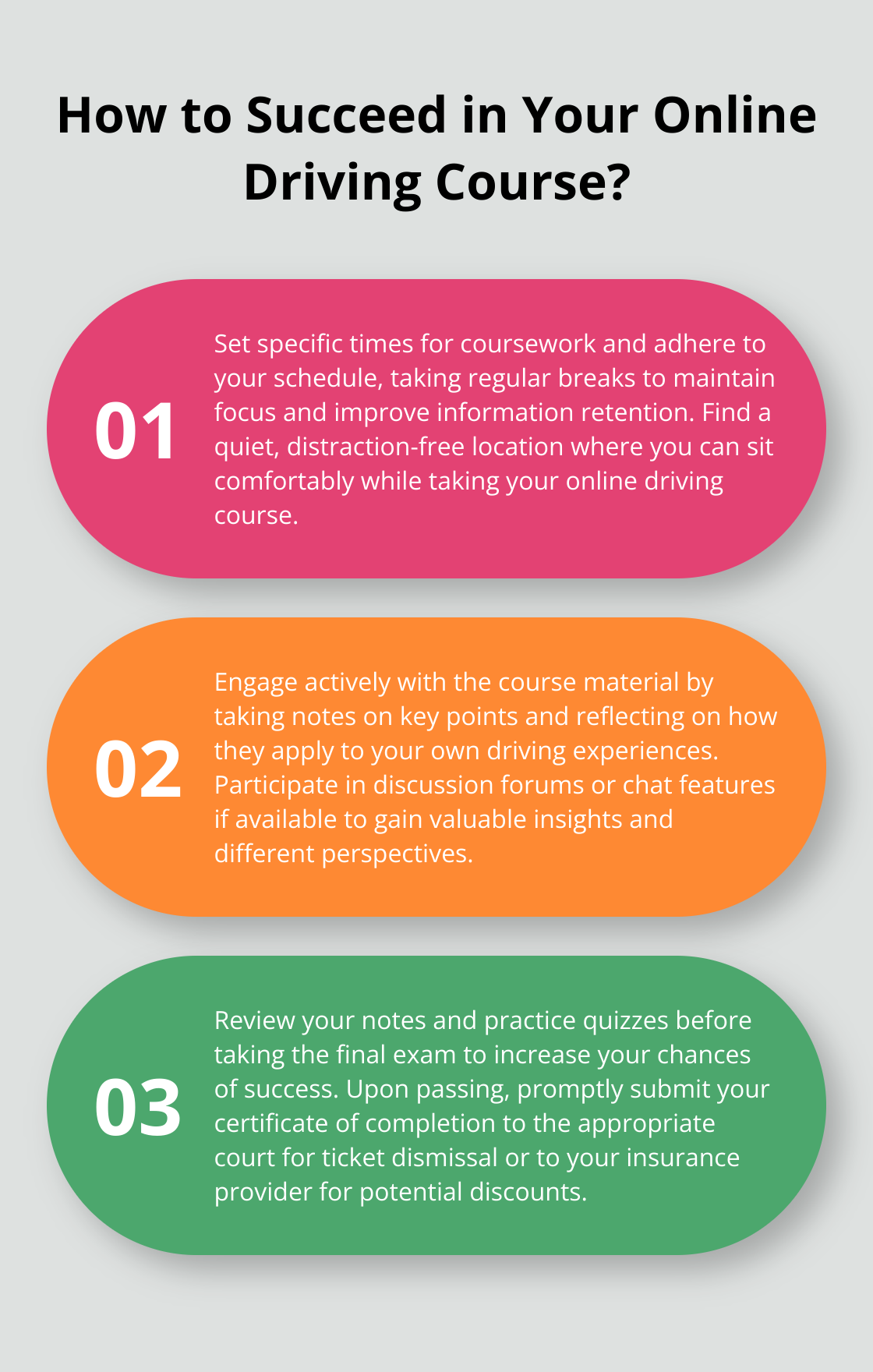How to Drive a Manual Transmission: Essential Tips
At The Wiser Driver Driving School, we know that mastering a manual transmission can be daunting for new drivers. However, with the right guidance and practice, it’s a skill anyone can acquire.
Our driving manual transmission tips will help you navigate the intricacies of stick shift driving. From understanding the basics to overcoming common challenges, we’ll equip you with the knowledge to confidently handle a manual car.
What’s Inside a Manual Transmission?
The Clutch: The Heart of the System
The clutch serves as the linchpin of a manual transmission. This disc connects the engine to the transmission, enabling smooth gear changes. When you press the clutch pedal, you disengage the engine from the wheels. This action allows you to shift gears without damaging the transmission or causing that dreaded grinding noise.
Gears and Synchronizers: The Smooth Operators
Manual transmissions typically feature five or six forward gears and one reverse gear. Each gear provides a different ratio of engine speed to wheel speed. Synchronizers play a vital role in this system. These components match the speed of the gear you’re shifting into with the speed of the shaft (preventing those unpleasant grinding sounds).
The Shift Lever: Your Direct Connection
The shift lever serves as your physical interface with the transmission. It moves the selector fork, which engages different gears. For easy navigation, manufacturers often display the gear pattern on top of the shift knob.
Advantages of Manual Transmissions
Manual transmissions offer several benefits over their automatic counterparts. They typically provide better fuel economy. They also offer more control over the vehicle’s performance, which proves particularly useful in adverse weather conditions or when towing.
The Learning Curve
Learning to drive a manual transmission requires more practice and coordination than an automatic. However, the rewards are worth the effort. Only about 4% of annual auto sales in the US are manual transmission vehicles, but knowing how to drive stick can expand your options when car shopping. It can also prove to be a valuable skill in emergency situations.
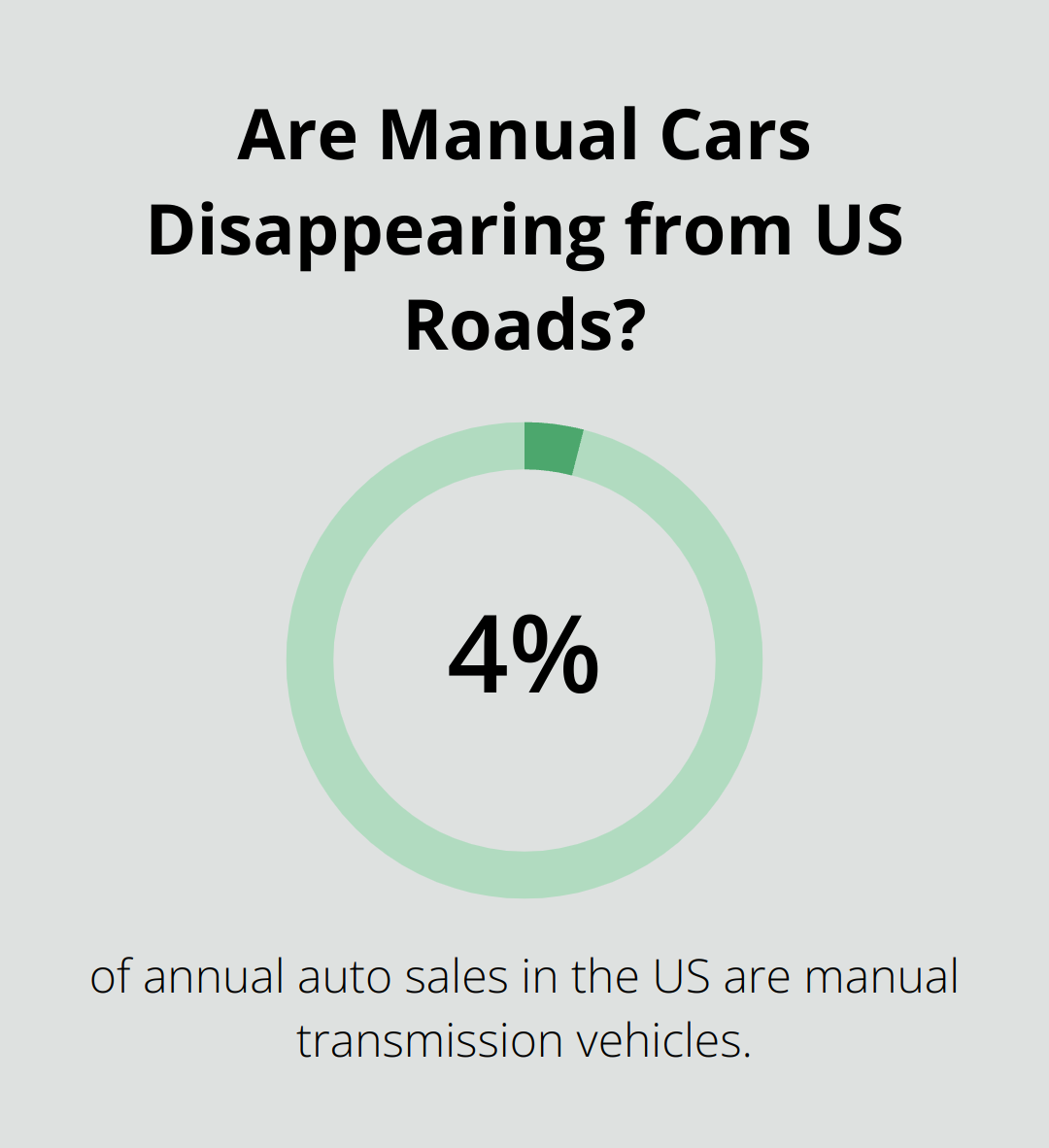
Many driving enthusiasts find that manual transmissions offer a more engaging and enjoyable driving experience. The direct control over gear selection and engine power output creates a stronger connection between driver and vehicle.
As we move forward, let’s explore how to master the art of clutch control and gear shifting, the cornerstones of smooth manual transmission driving.
How to Master Clutch Control and Gear Shifting
Proper Pedal Placement
Effective manual driving starts with correct foot placement. Rest your left foot on the floor when not using the clutch pedal. Your right foot controls both the brake and accelerator pedals. This position allows for quick transitions and prevents accidental clutch engagement.
Finding the Clutch Engagement Point
The clutch engagement point (often called the “bite point”) is where the clutch begins to transfer power from the engine to the wheels. To find this point:
- Put the car in first gear
- Slowly release the clutch pedal
- Stop when you feel the car start to move
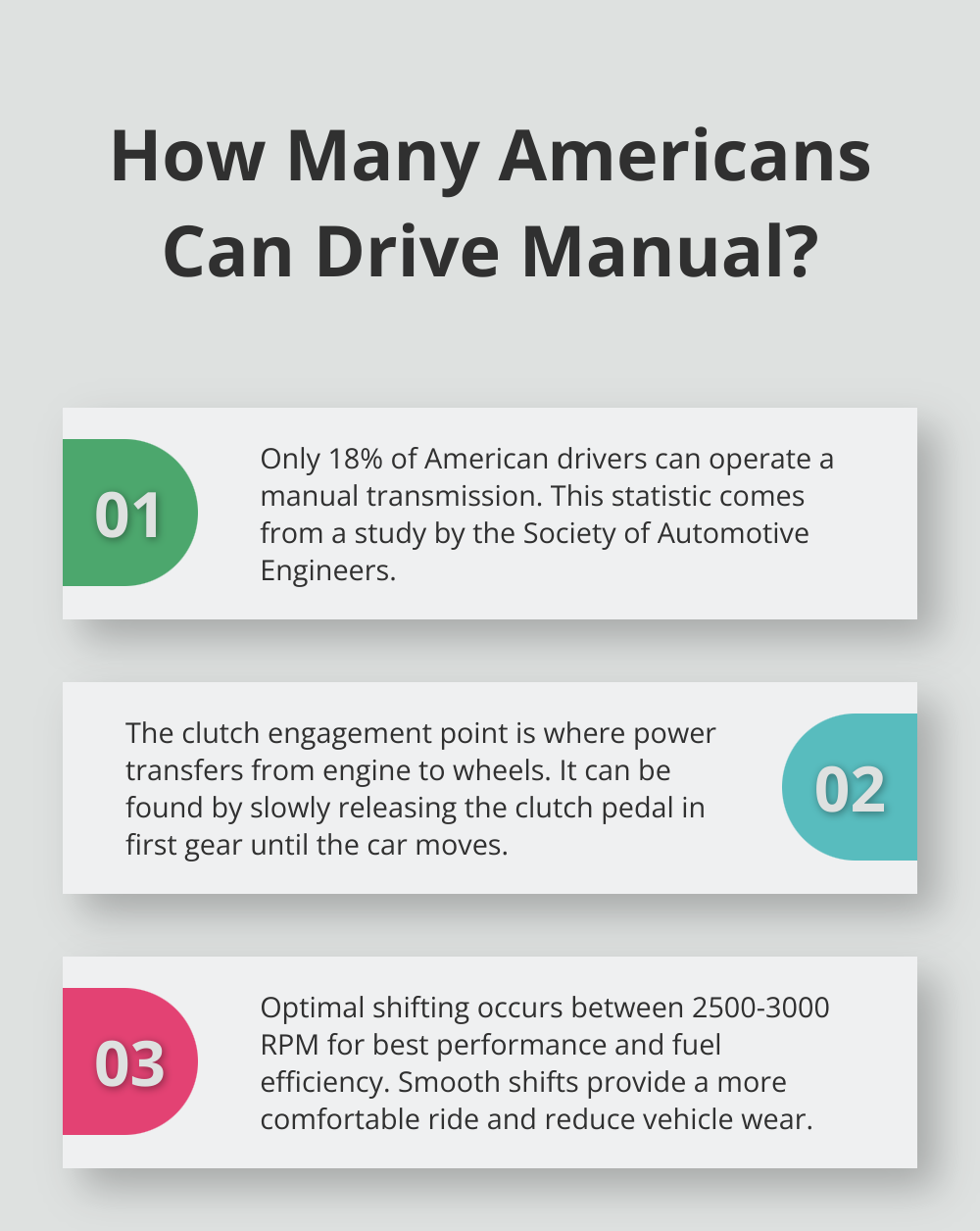
You can find it by stopping on level ground and very slowly letting the clutch pedal up in 1st gear with no gas. When the car starts to roll forward, that’s the engagement point.
Practice this technique in a flat, open area to build muscle memory. A study by the Society of Automotive Engineers reveals that only about 18% of American drivers can operate a manual transmission.
Smooth Shifting Techniques
Smooth shifting requires coordination between the clutch, accelerator, and gear lever. To upshift:
- Release the accelerator
- Press the clutch
- Shift gears
- Smoothly release the clutch while gently pressing the accelerator
Try to shift at around 2500-3000 RPM for optimal performance and fuel efficiency. Take your time, especially when learning. Smooth shifts provide a more comfortable ride and reduce wear on your vehicle’s components.
Downshifting and Rev-Matching
Downshifting requires a slightly different approach:
- Slow down
- Press the clutch
- Shift to a lower gear
- Give the accelerator a quick press (rev-matching)
- Release the clutch
Rev-matching helps synchronize the engine and transmission speeds, resulting in smoother downshifts. Advanced drivers often use heel-toe downshifting, where the right foot operates both the brake and accelerator simultaneously. (While not essential for everyday driving, it’s a valuable skill for performance driving.)
Overcoming Common Challenges
New manual transmission drivers often face challenges like stalling the engine or grinding gears. These issues typically resolve with practice. If you continue to struggle, consider seeking guidance from a professional driving instructor. They can provide personalized tips and help you refine your technique.
As you continue to practice these techniques, you’ll soon find yourself smoothly navigating through gears. However, mastering manual transmission involves more than just shifting gears. In the next section, we’ll explore how to handle common driving situations that can challenge even experienced manual drivers.
Tackling Manual Transmission Challenges
Manual transmission driving presents unique challenges, especially for beginners. Let’s explore common issues and provide practical solutions to help you become a confident manual driver.
Conquering Hill Starts
Hill starts often intimidate new manual drivers. The fear of rolling backward can paralyze drivers. Here’s a method to master hill starts:
- Put the clutch to the floor and select first gear.
- Push down gently on the accelerator while bringing the clutch up to the biting point.
- As the car moves forward, release the clutch fully.
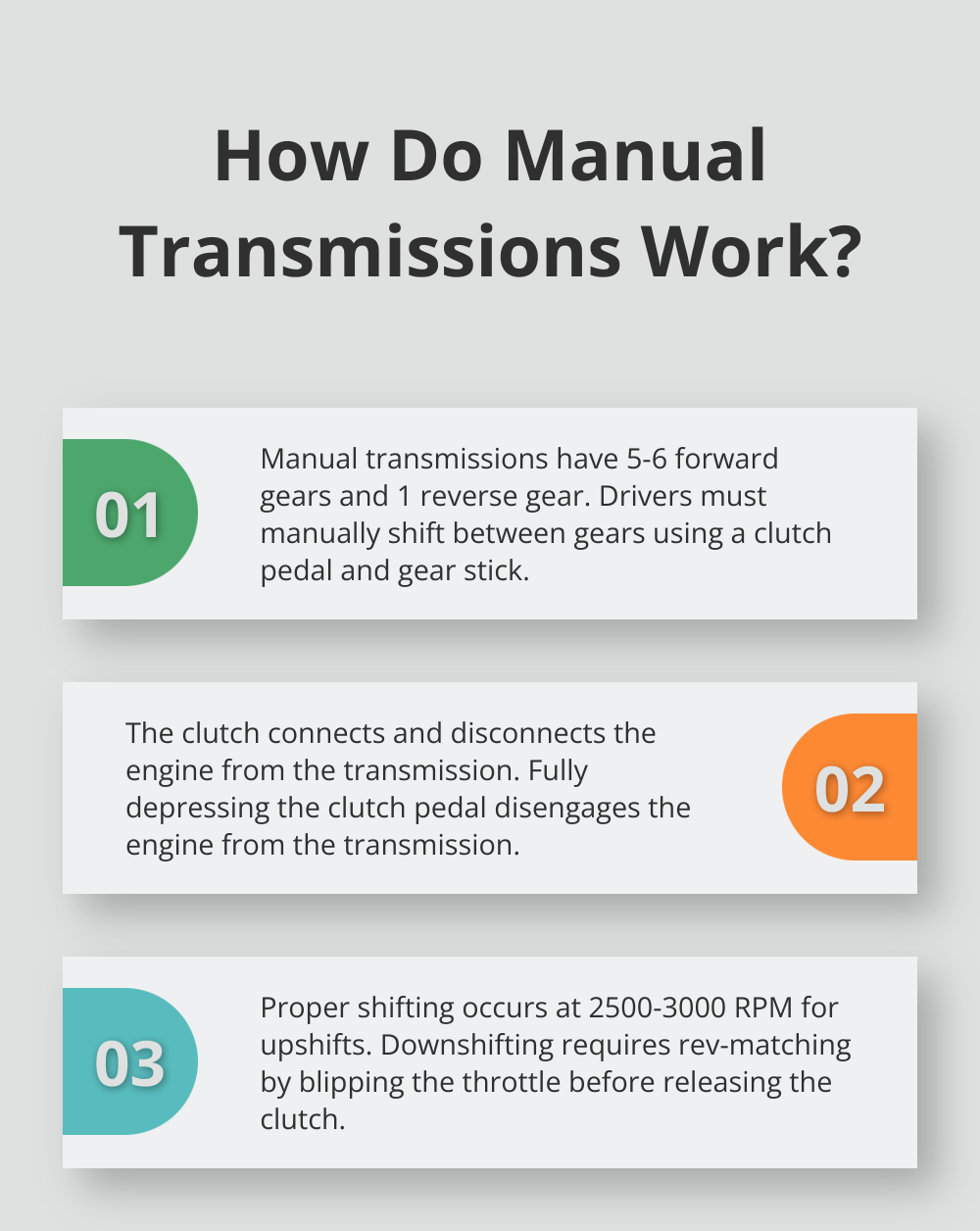
Practice this technique in a quiet area with a slight incline. You’ll develop the muscle memory to execute hill starts smoothly over time.
Preventing Engine Stalls
Stalling occurs when the engine speed drops too low, usually due to improper clutch control. To avoid stalling:
- Fully depress the clutch before shifting gears.
- When starting from a stop, release the clutch slowly while applying gentle pressure to the gas pedal.
- Don’t engage the clutch too quickly.
- If you feel the car shudder, quickly press the clutch to prevent a stall.
Even experienced drivers occasionally stall. Don’t let it discourage you. Simply restart the engine and try again.
Smooth Gear Changes
Grinding gears is unpleasant and can damage your transmission. To achieve smooth gear changes:
- Fully depress the clutch before moving the gear lever.
- Shift at the appropriate engine speed (usually around 2500-3000 RPM for upshifts).
- Release the clutch smoothly after shifting.
- For downshifts, rev-match by giving a slight blip of the throttle before releasing the clutch.
With practice, you’ll develop a feel for the optimal shifting points in your vehicle.
Navigating Traffic
Traffic situations can stress manual drivers. Here are some tips to help you cope:
- In stop-and-go traffic, use first and second gears. Don’t constantly shift between neutral and first.
- Maintain a greater distance from the car in front to allow for smoother speed changes.
- When approaching a red light, downshift gradually instead of coasting in neutral.
- If you stop for an extended period, shift to neutral and release the clutch to rest your left foot.
These techniques will help you navigate traffic more confidently and reduce fatigue during long drives.
Mastering Reverse Gear
Reversing in a manual car can be tricky. Follow these steps for smooth reverse maneuvers:
- Fully depress the clutch.
- Shift into reverse gear (often requires extra force or lifting a collar on the shifter).
- Release the clutch slowly while giving minimal gas.
- Use the clutch to control your speed (the gas pedal is less important in reverse).
Practice reversing in an empty parking lot to build confidence. Many drivers find it helpful to turn and look over their shoulder while reversing (rather than relying solely on mirrors).
Final Thoughts
Mastering a manual transmission enhances your driving skills and opens up new possibilities on the road. Our driving manual transmission tips cover essential aspects, from understanding basics to overcoming common challenges. Smooth clutch control, precise gear shifting, and proper pedal placement form the foundation of manual driving.
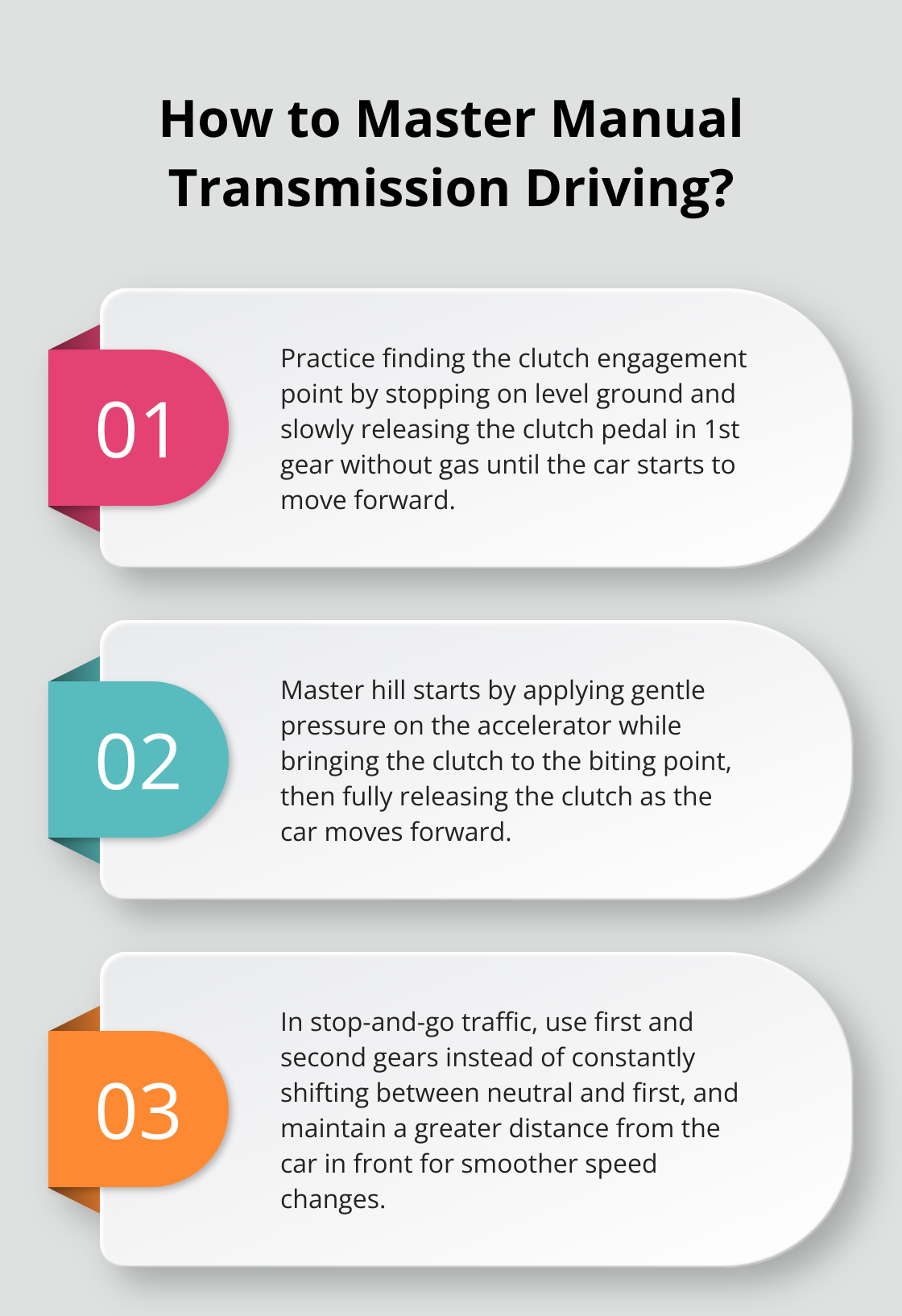
Manual transmission driving offers numerous benefits, including a deeper connection with your vehicle and improved control in various conditions. This skill can prove invaluable in emergency situations or when driving abroad where manual transmissions are more common. Professional instruction can significantly boost your confidence and skills in manual driving.
We at The Wiser Driver Driving School offer comprehensive programs to enhance your manual driving abilities. Our experienced instructors provide personalized lessons tailored to your needs (whether you’re a beginner or looking to refine your techniques). Practice regularly in various conditions, and soon you’ll shift gears with confidence and ease.



